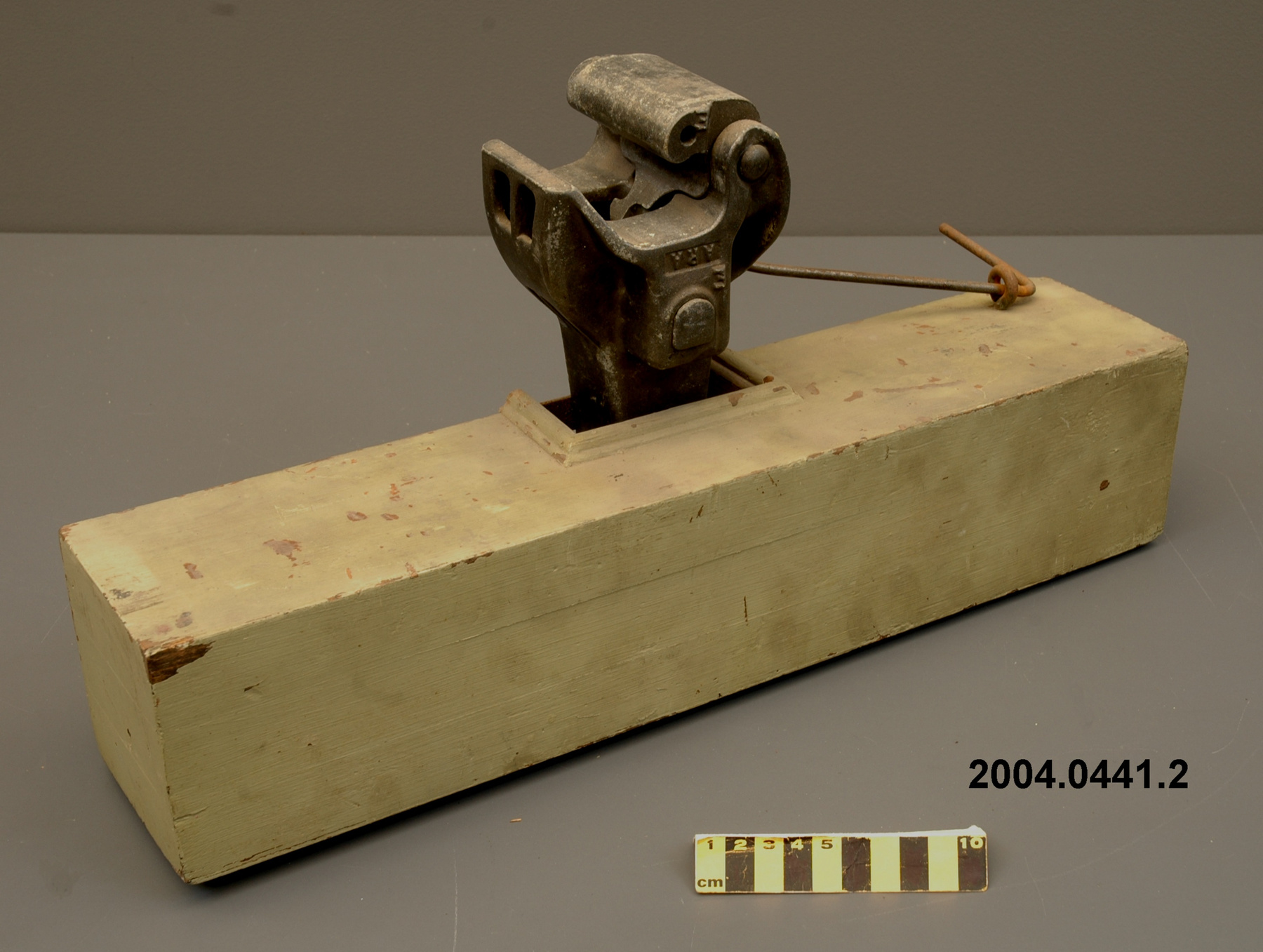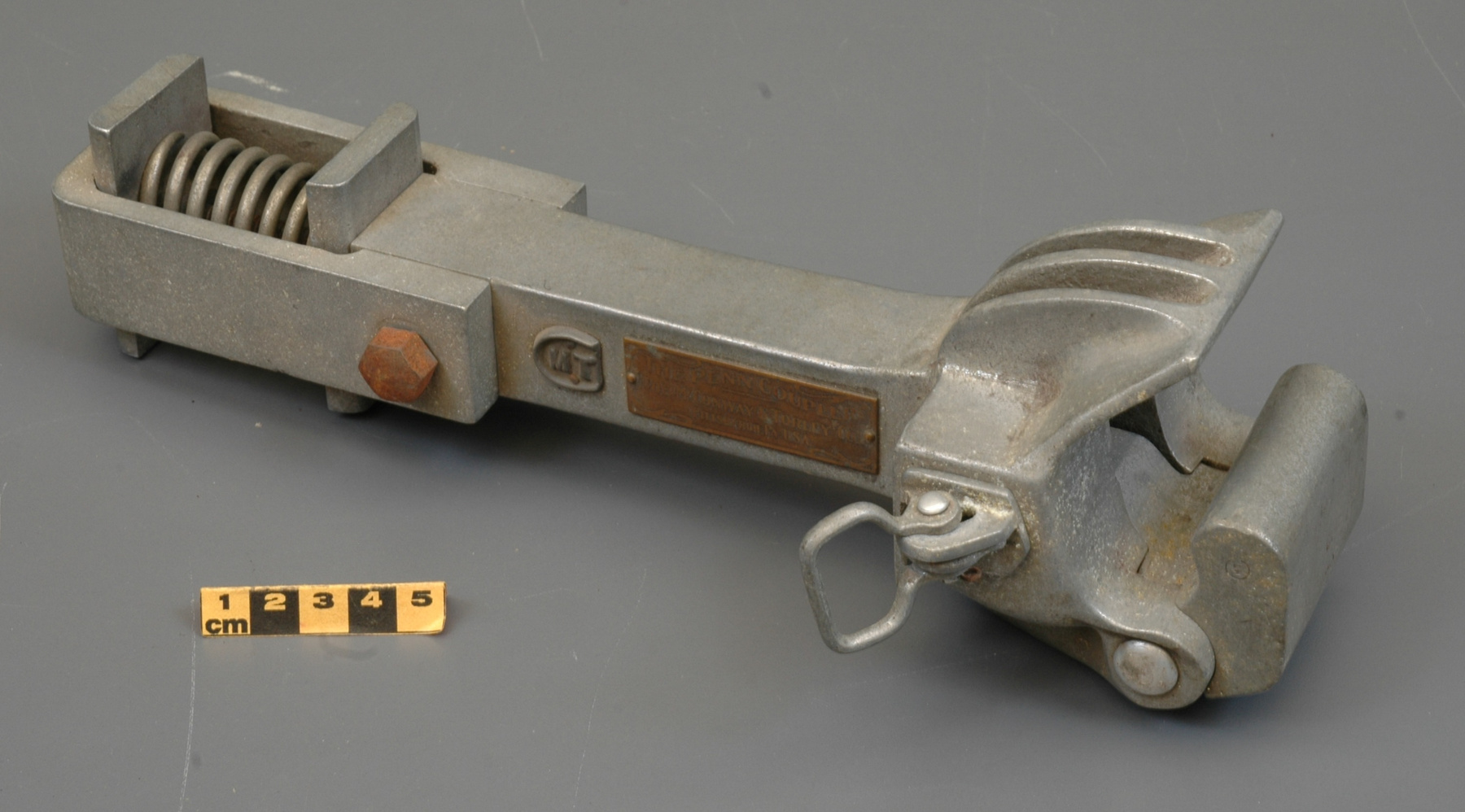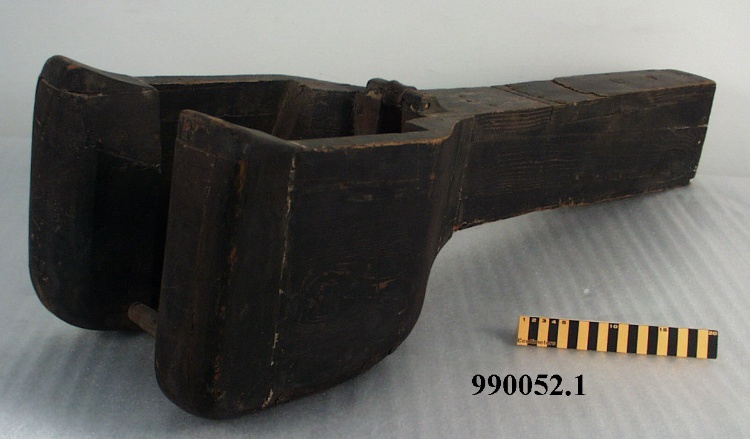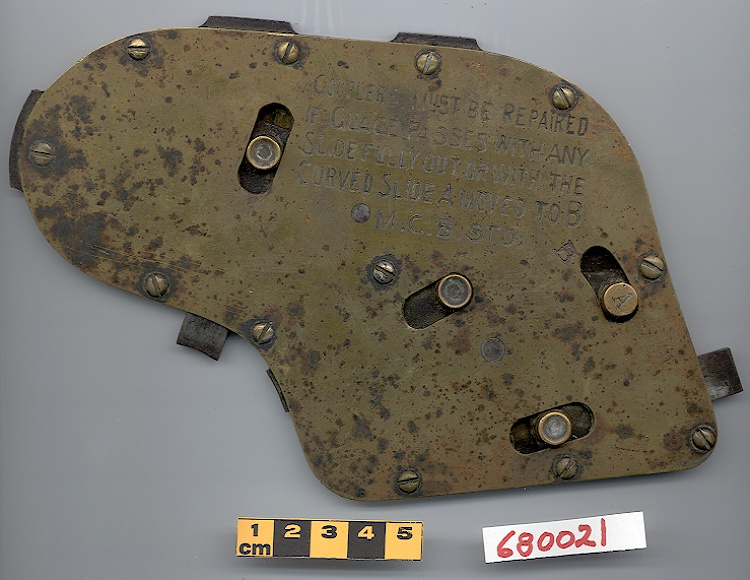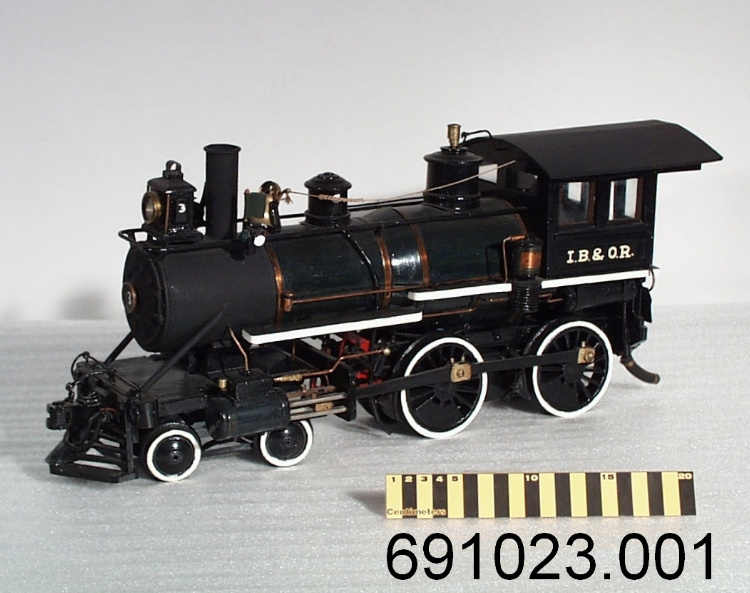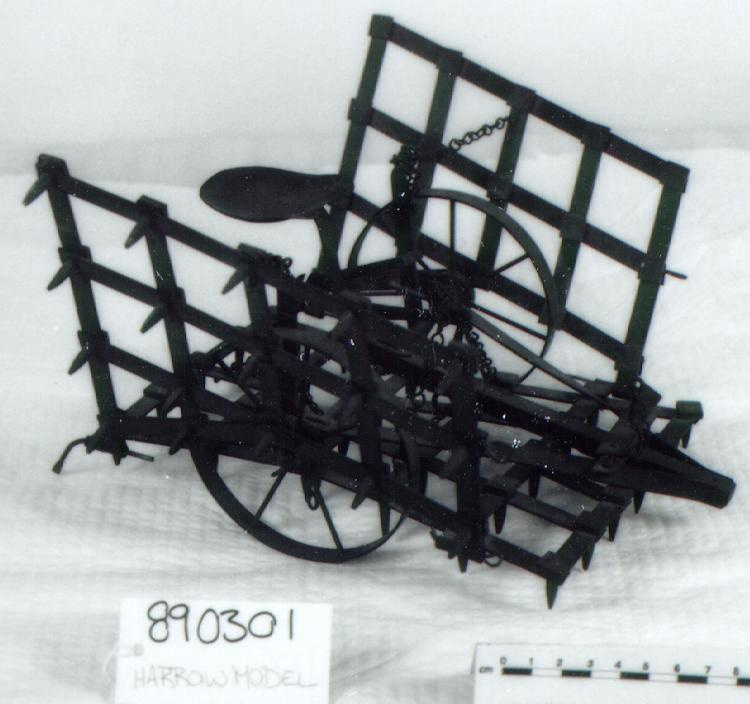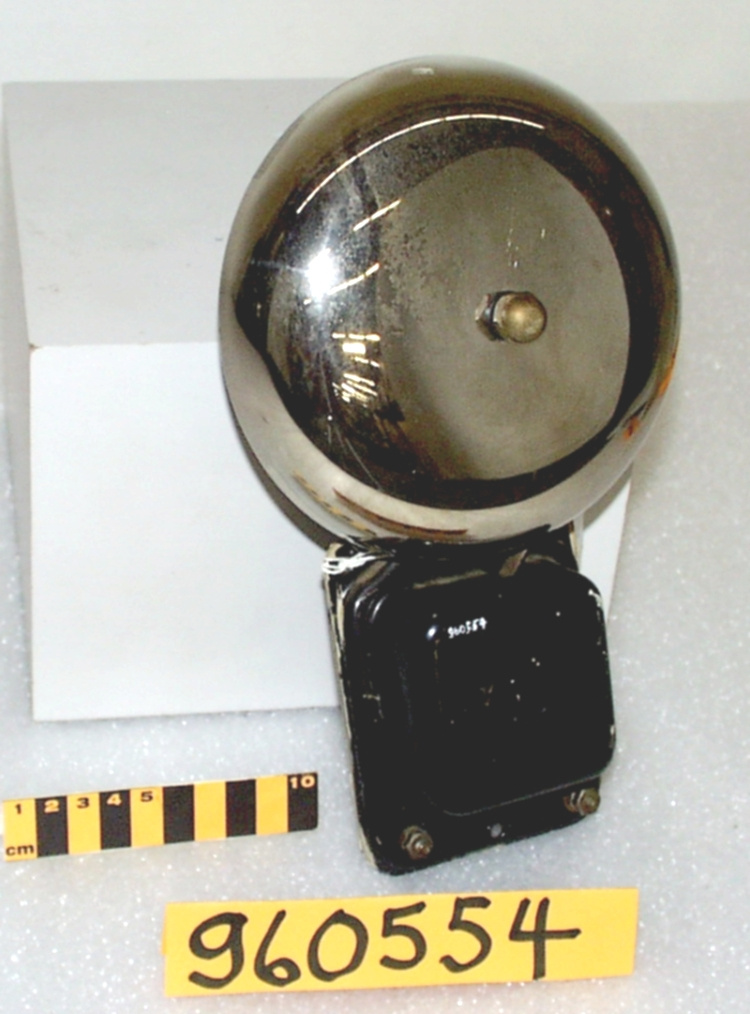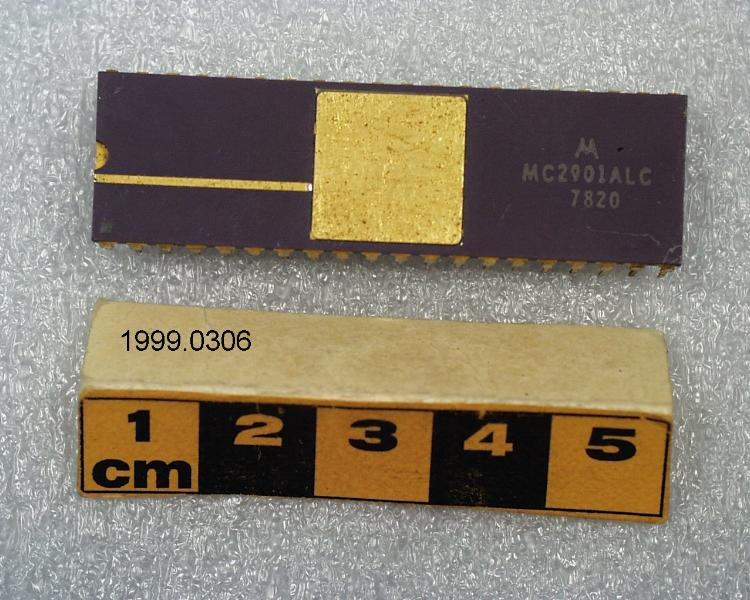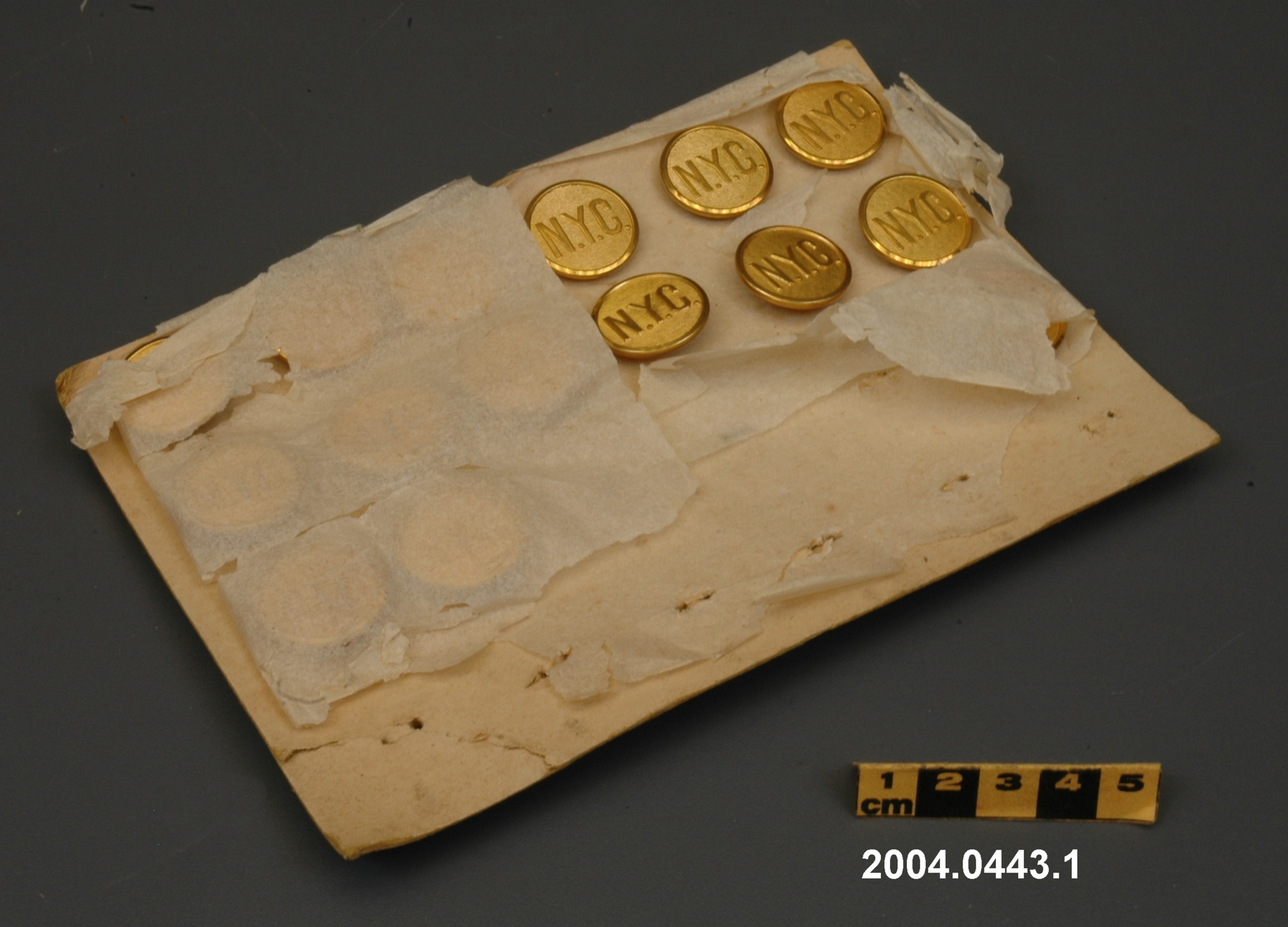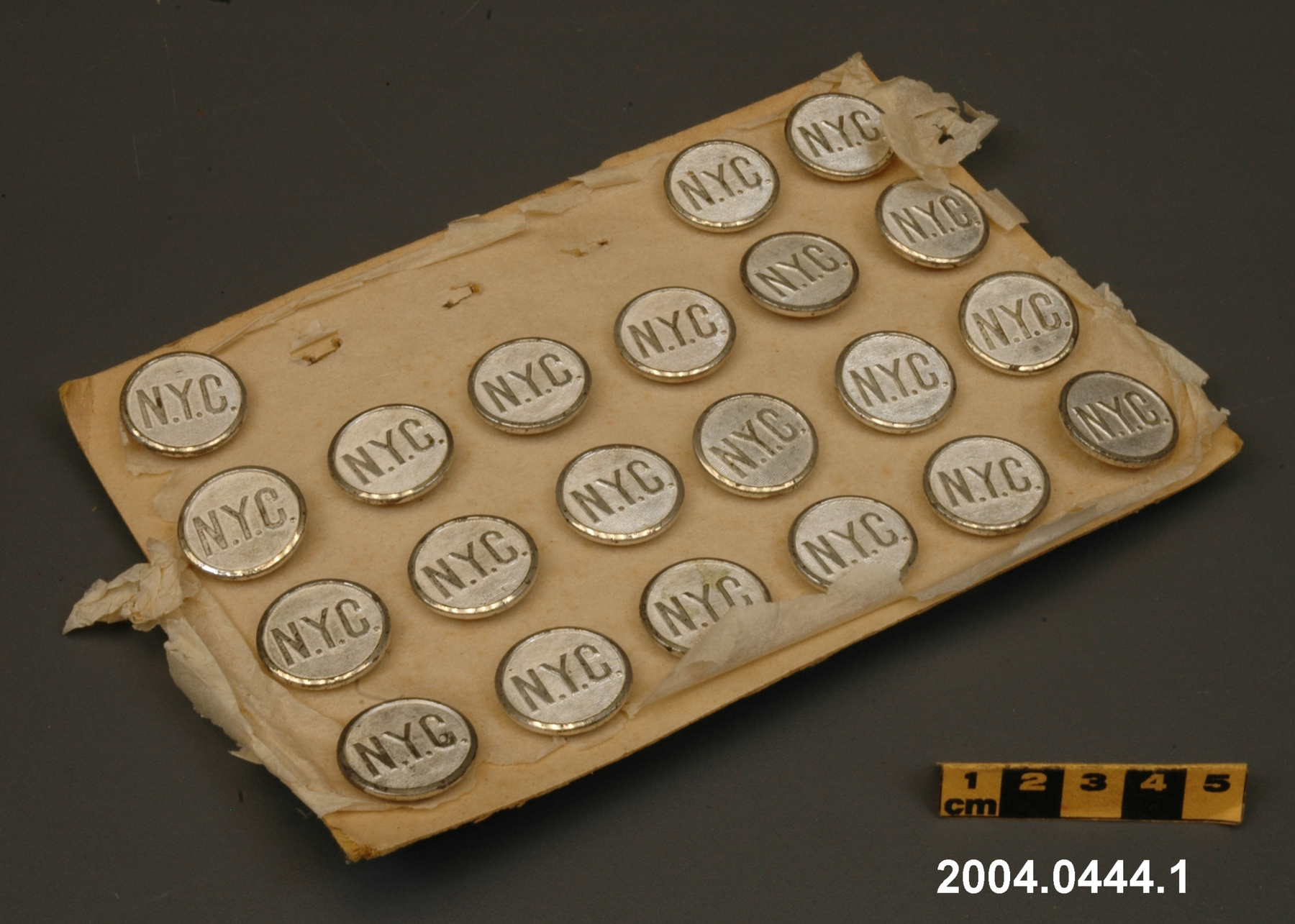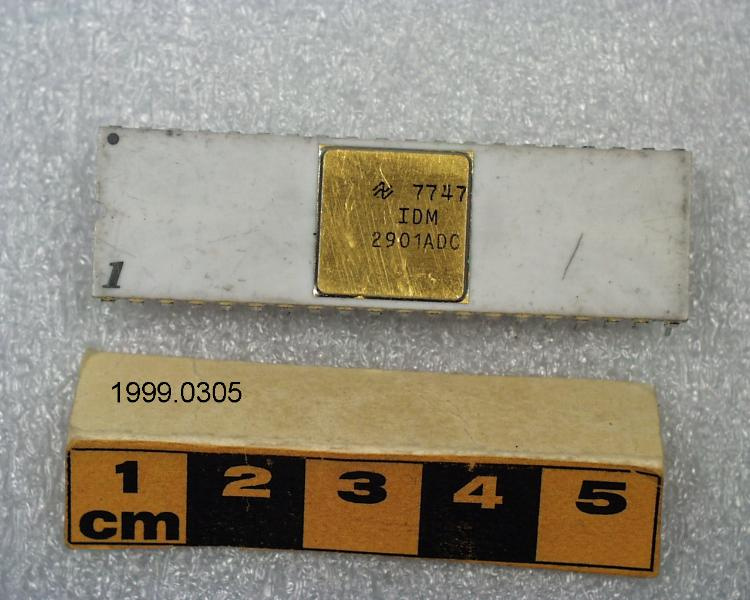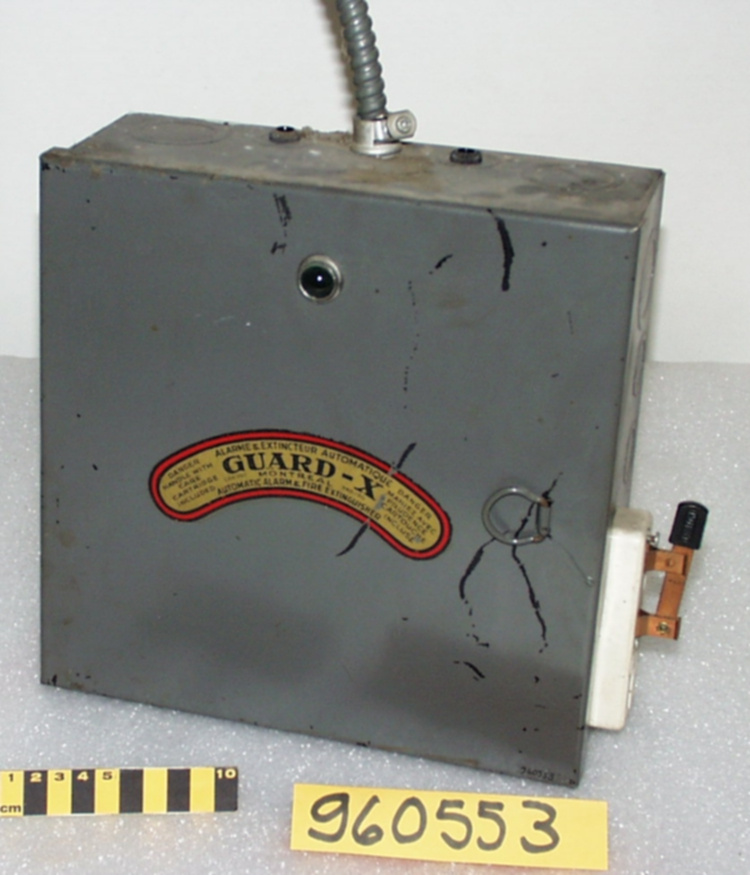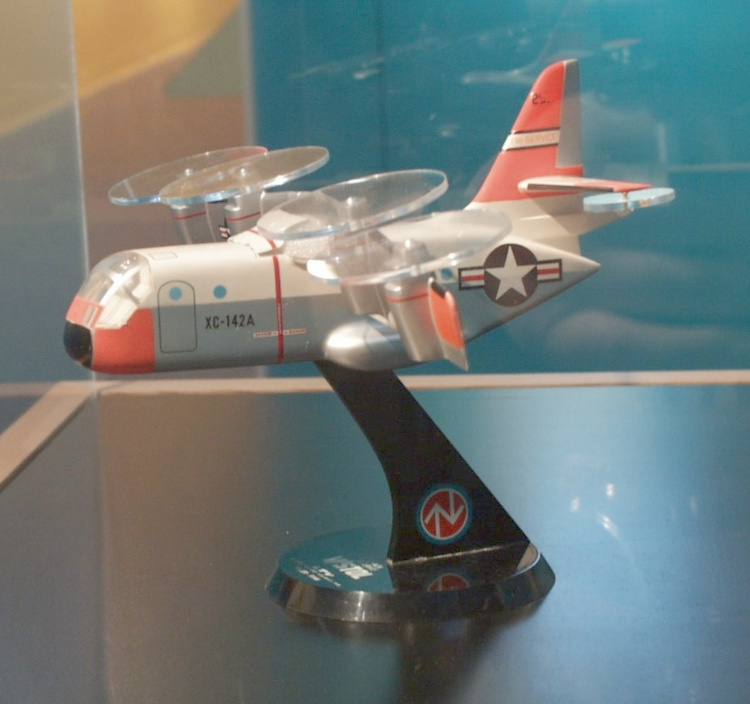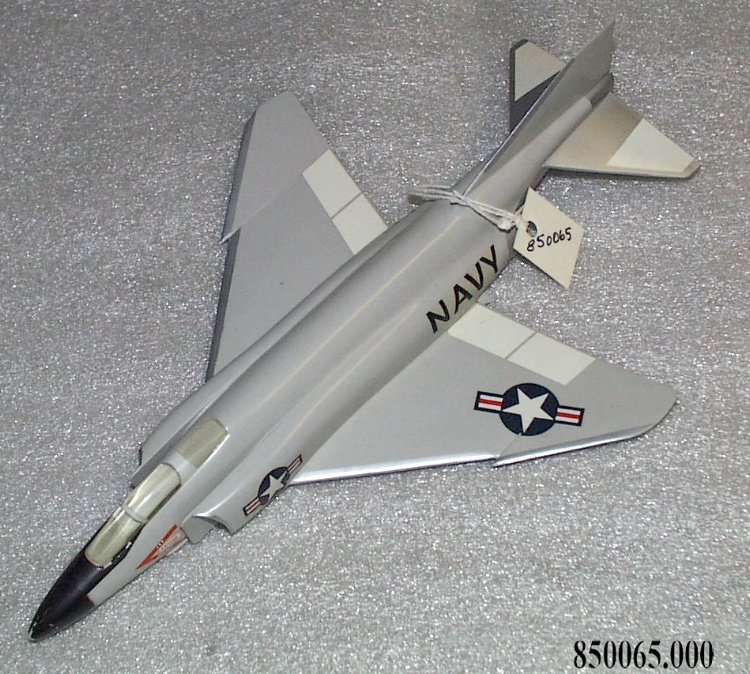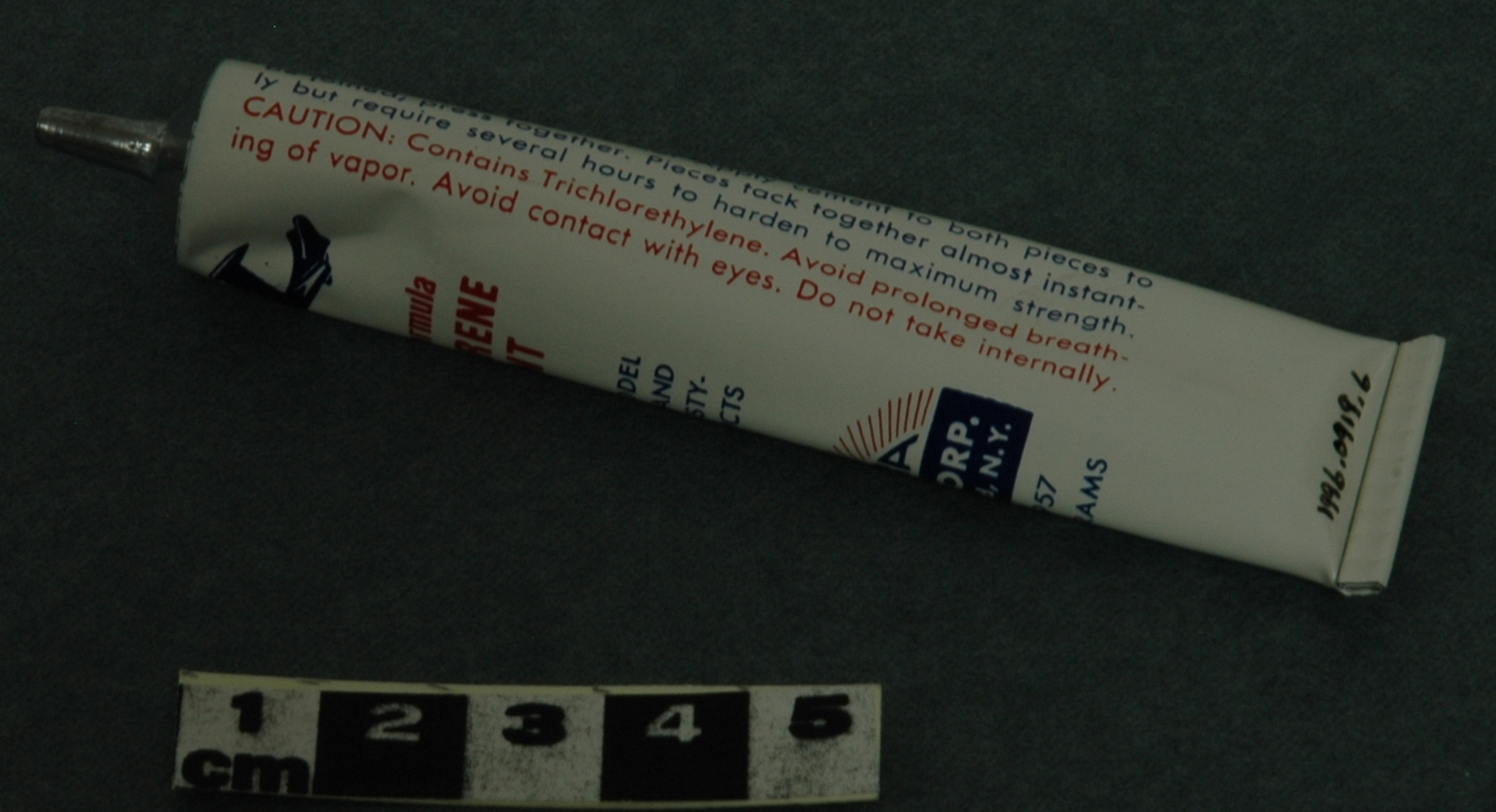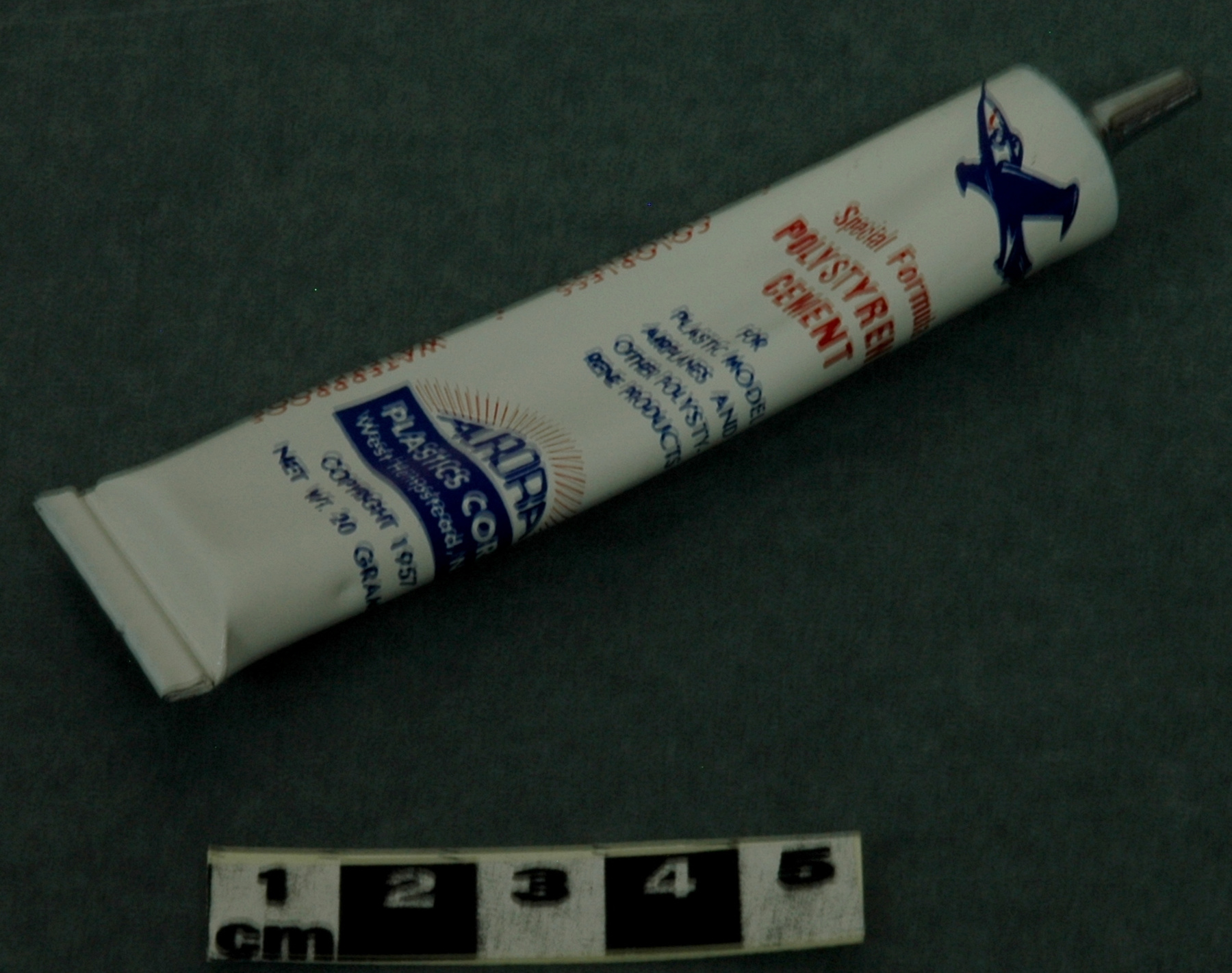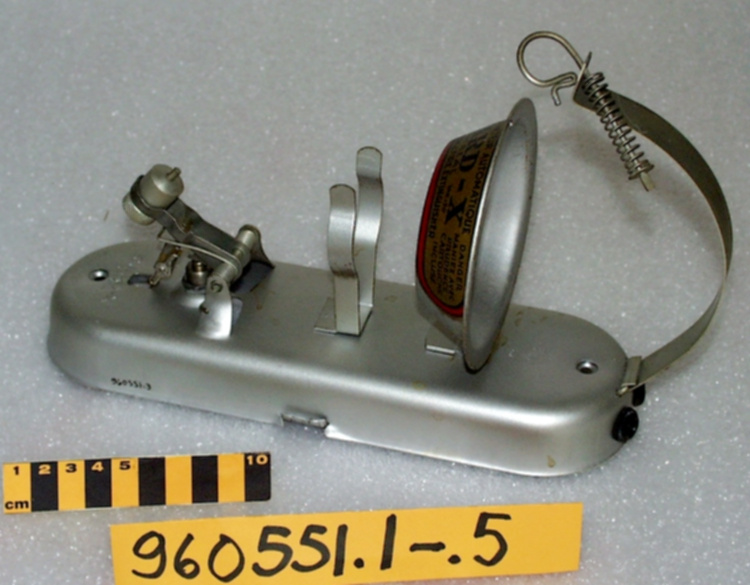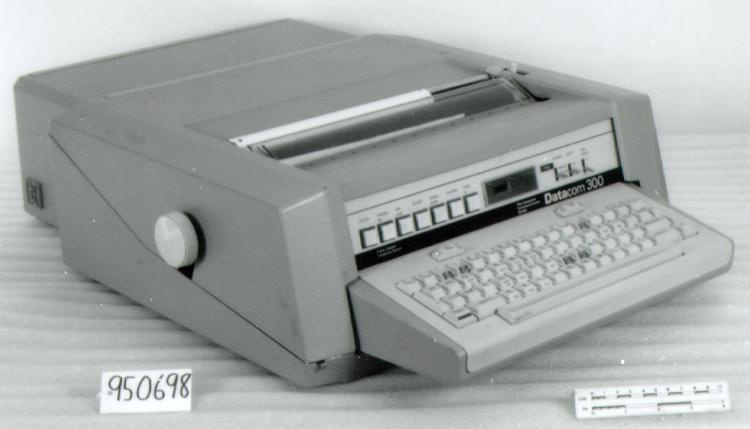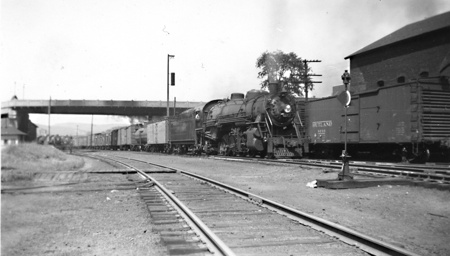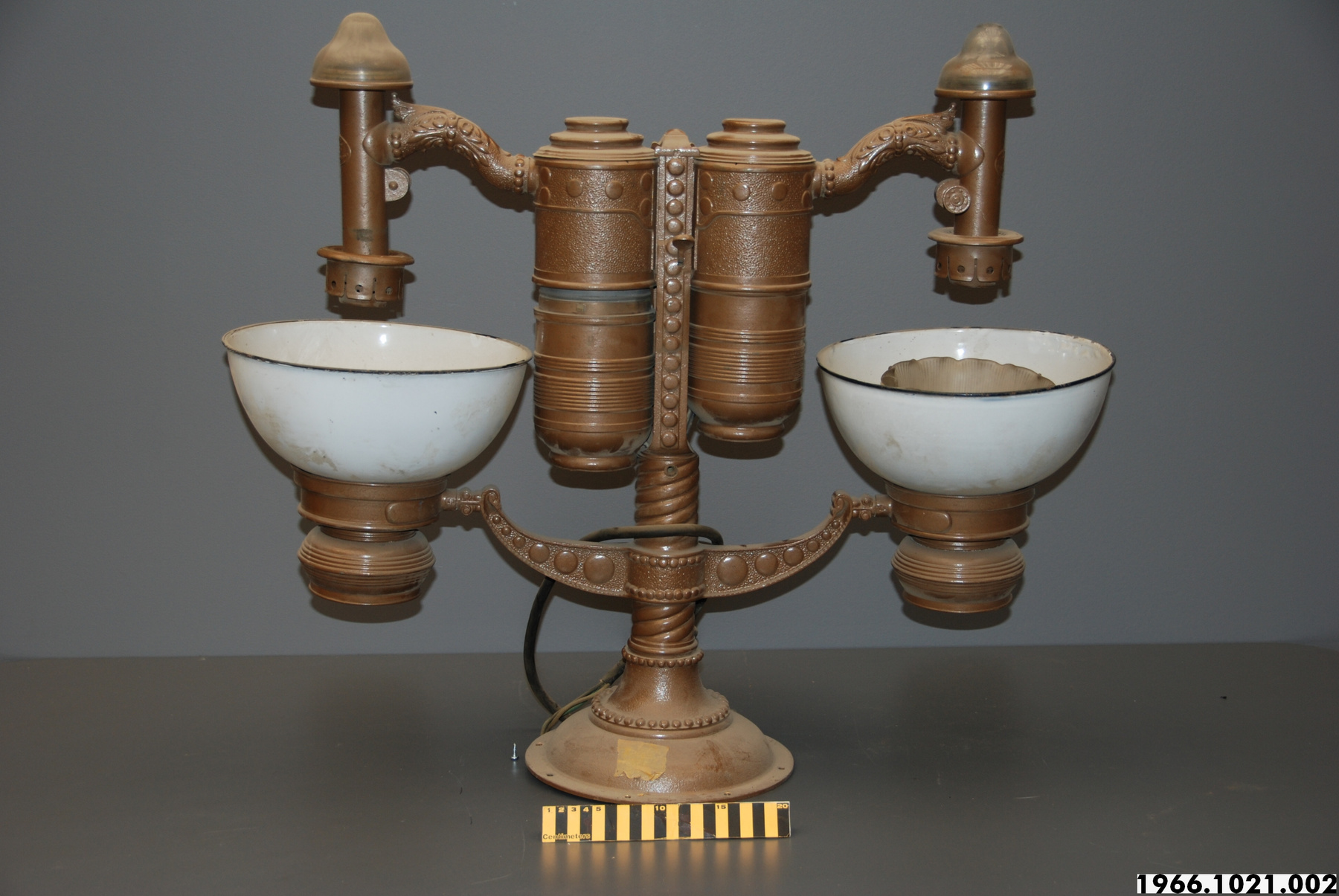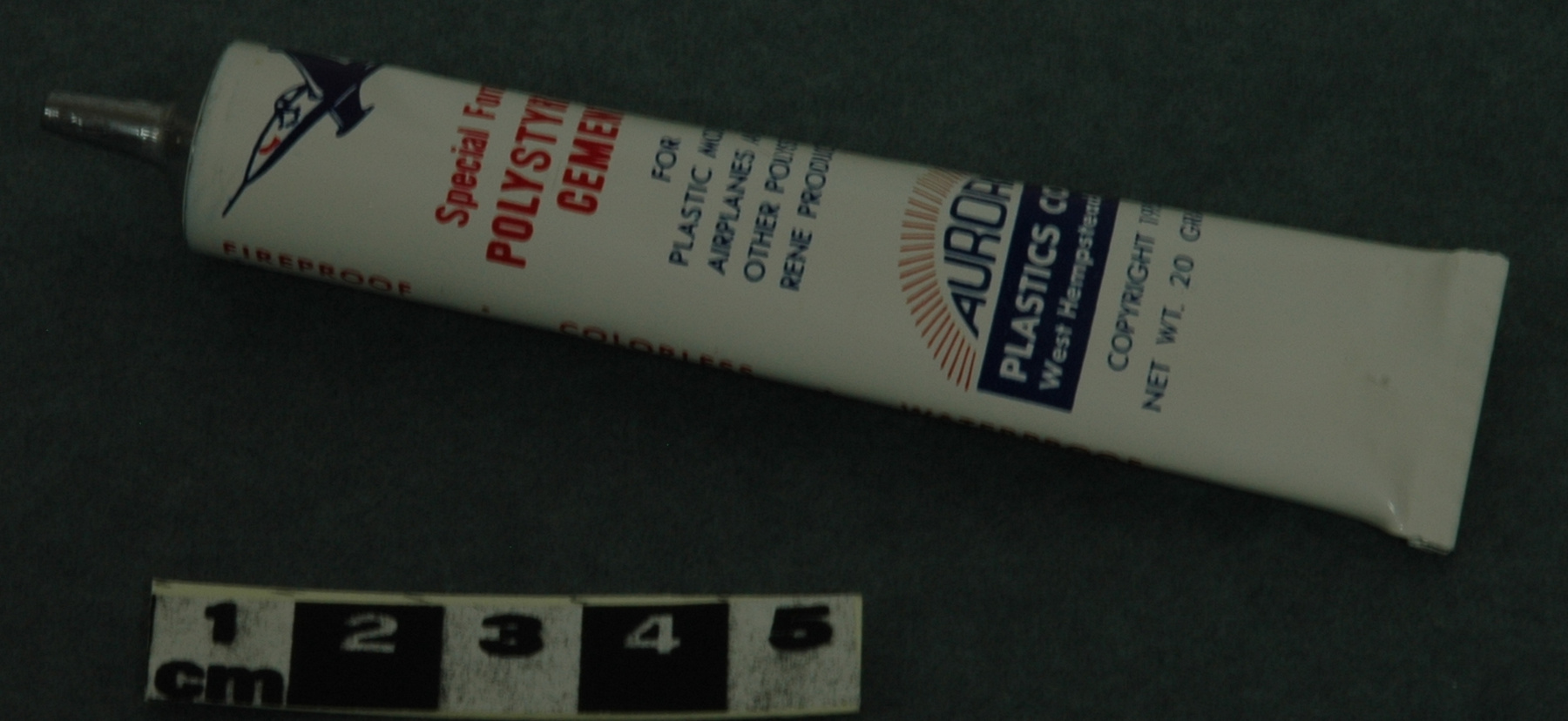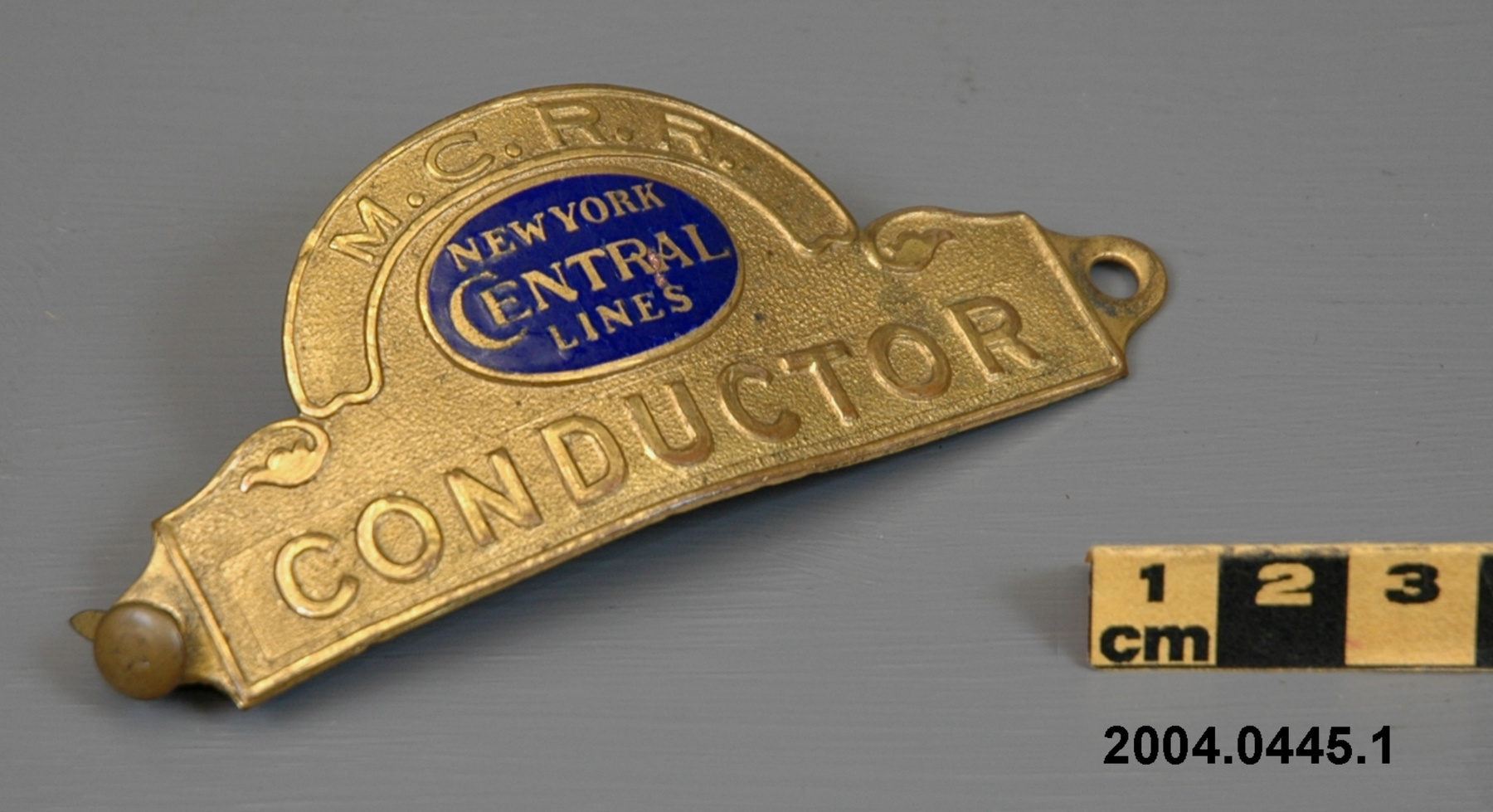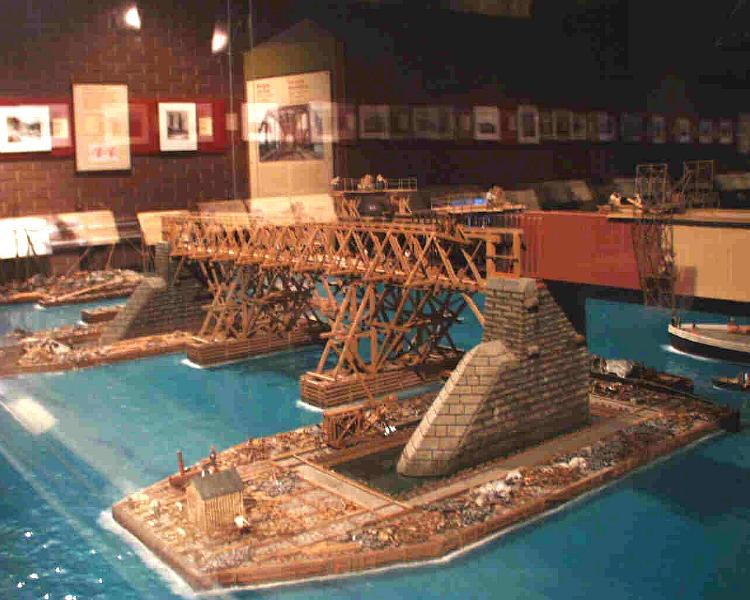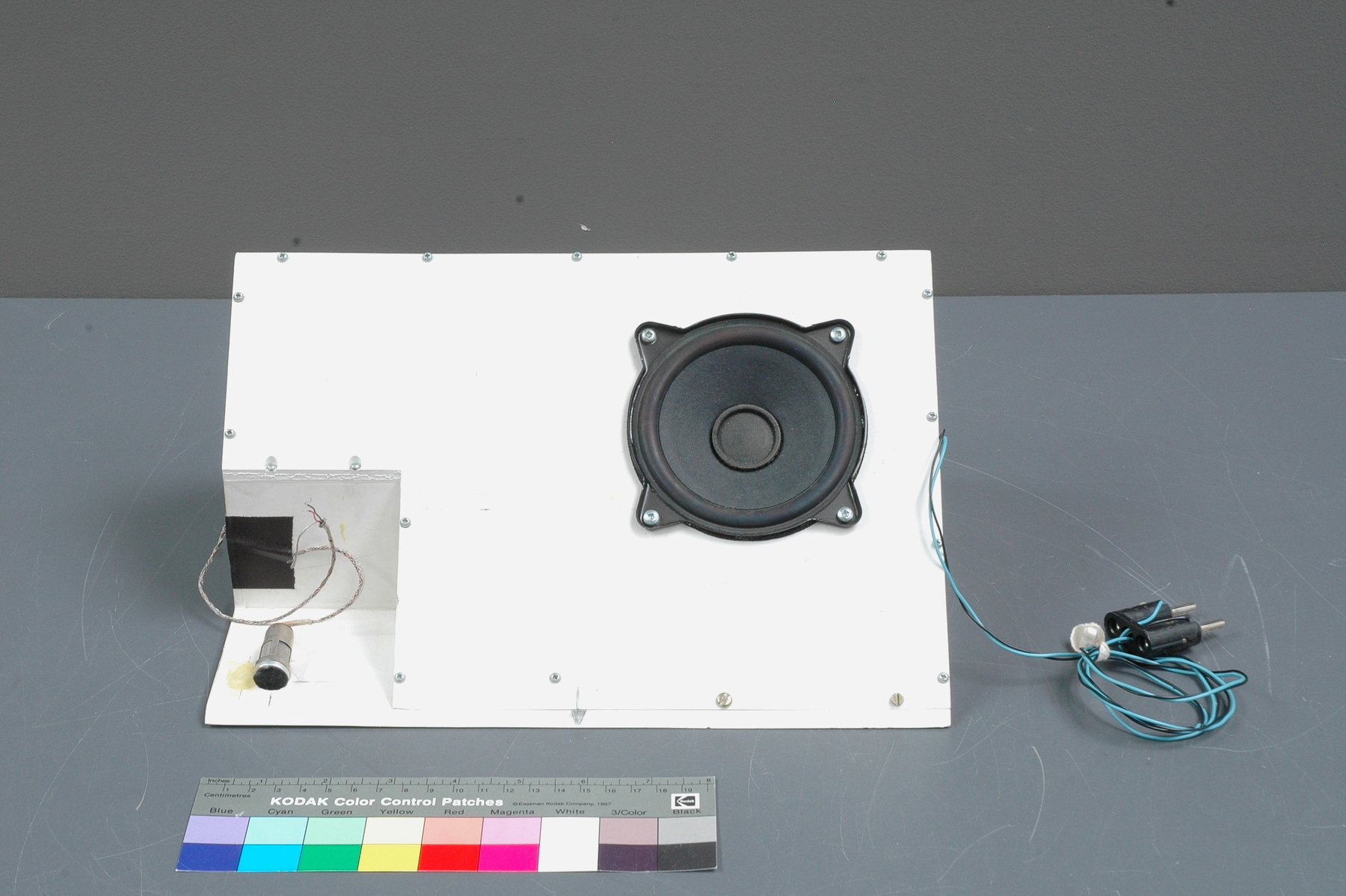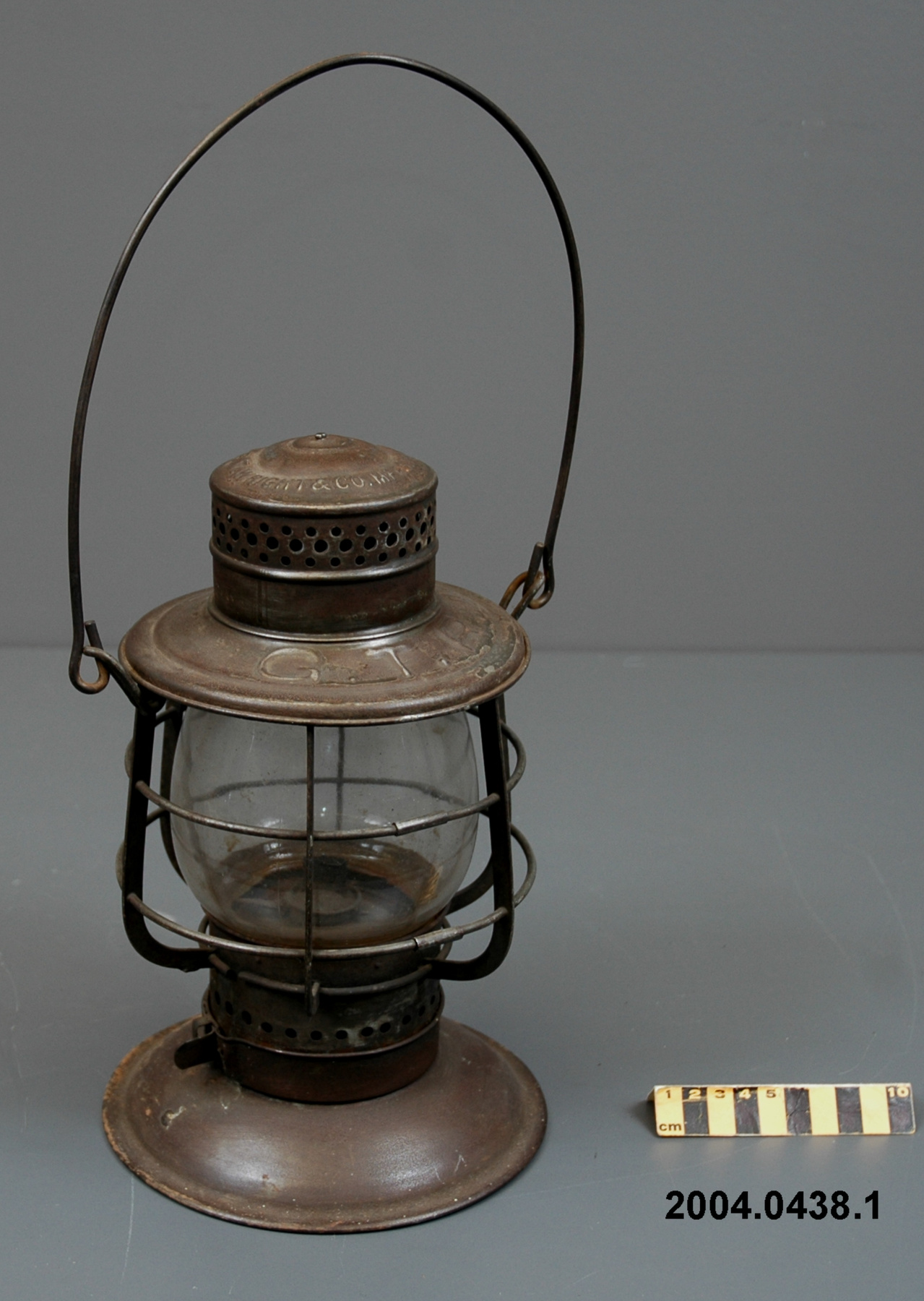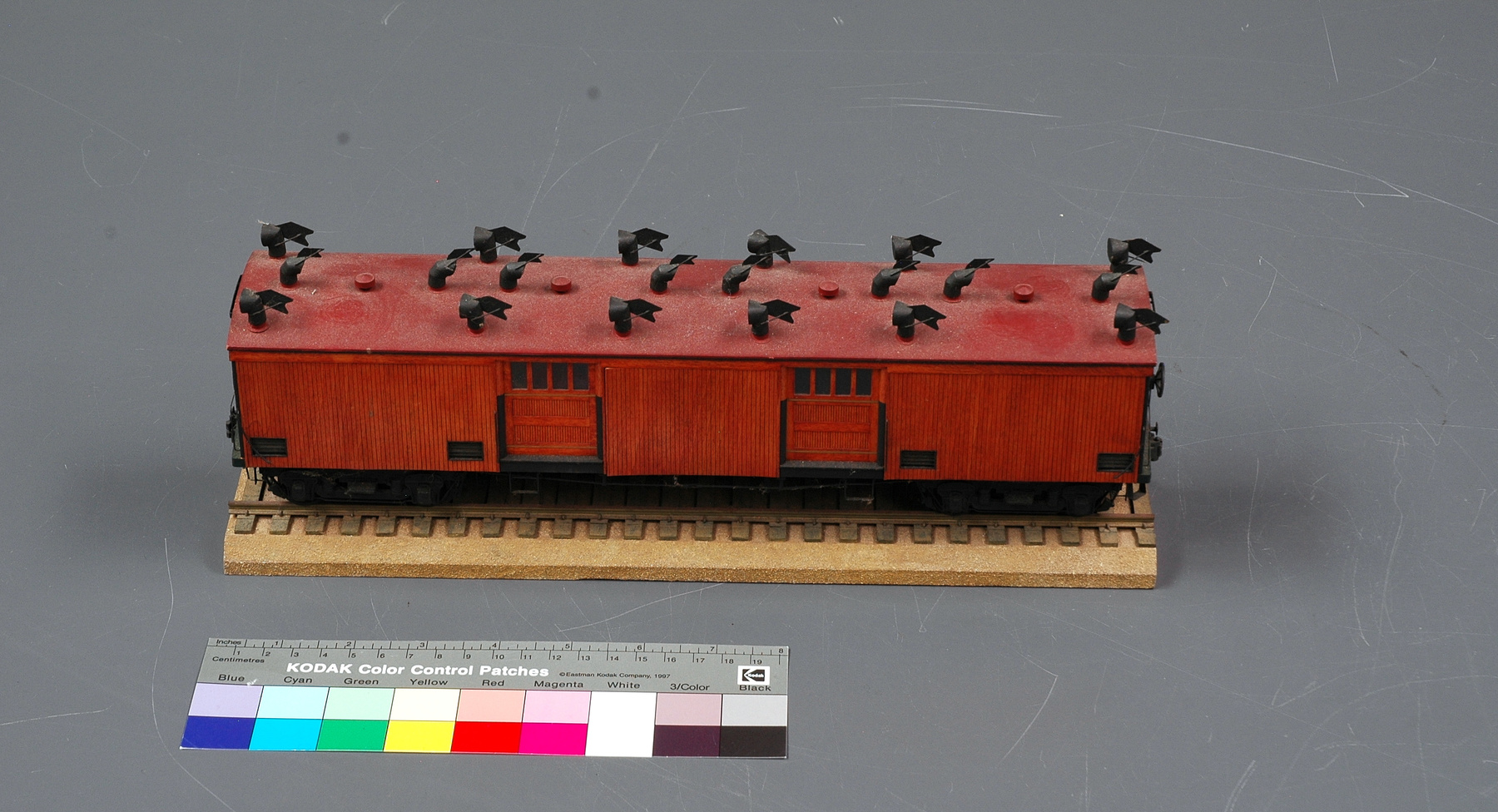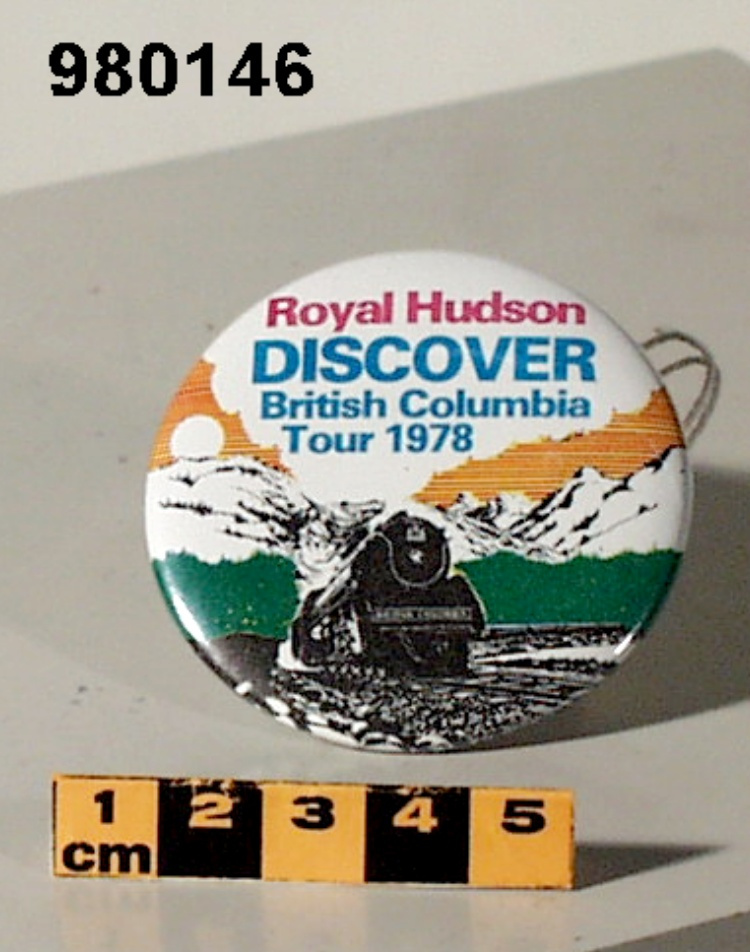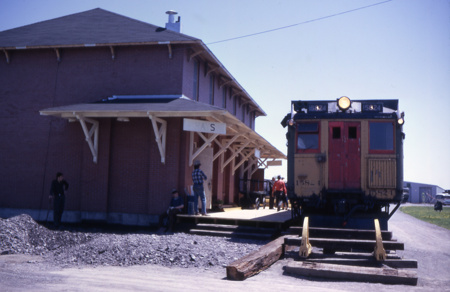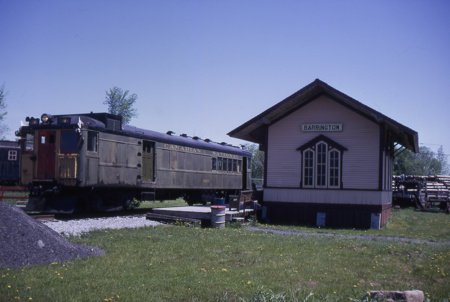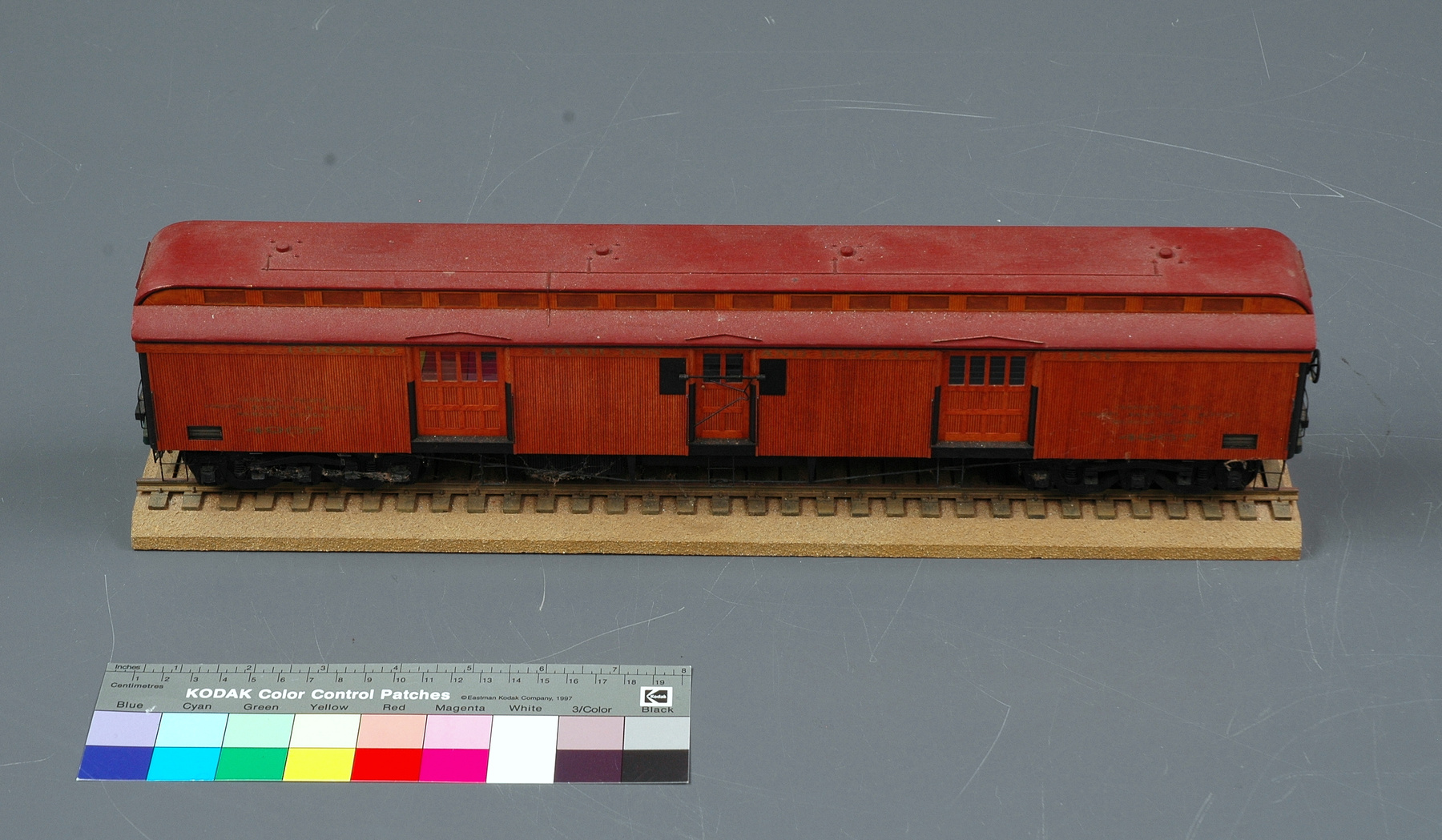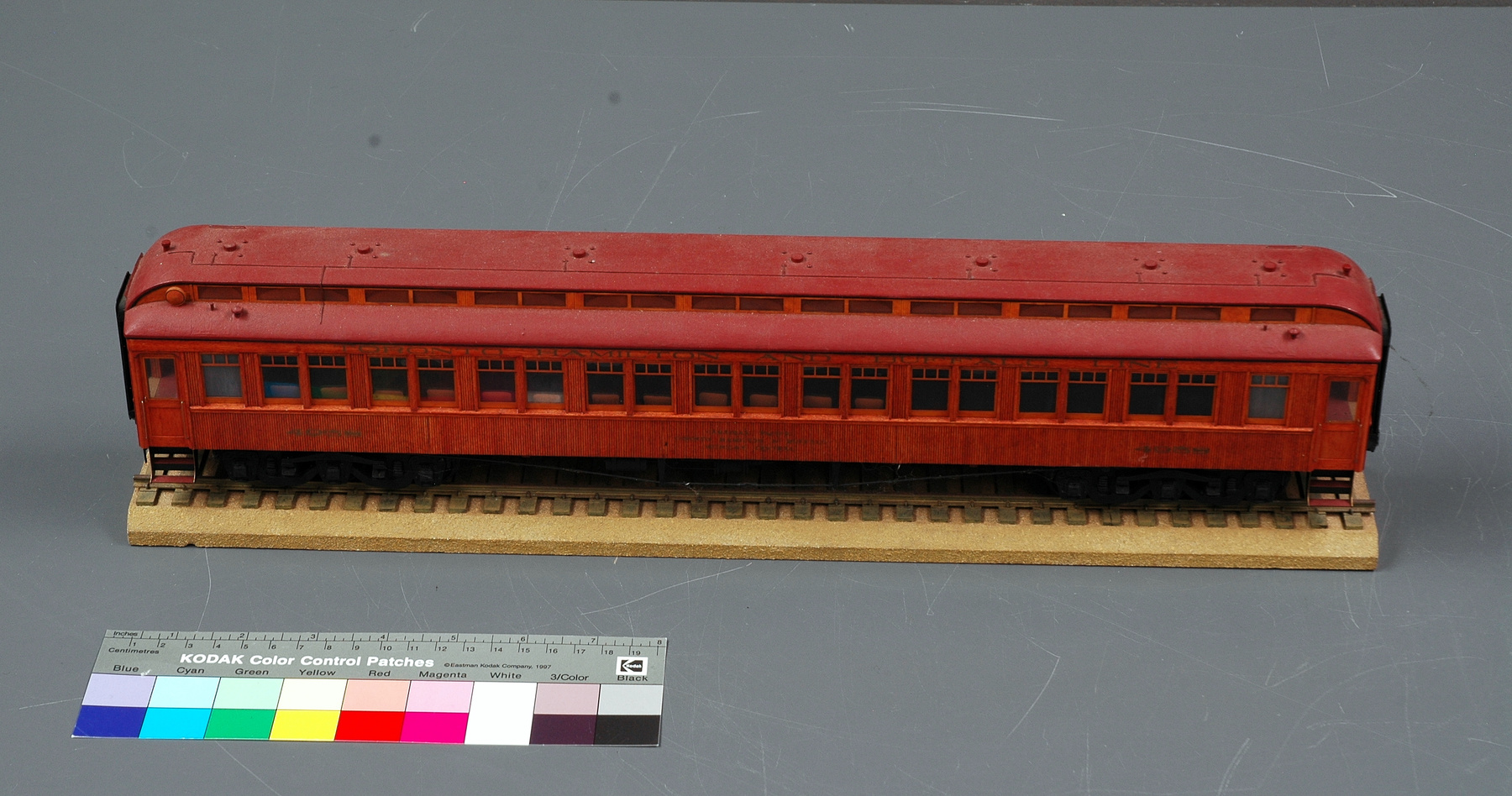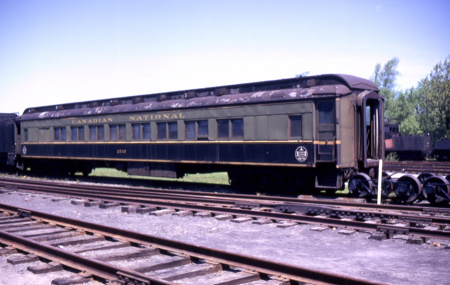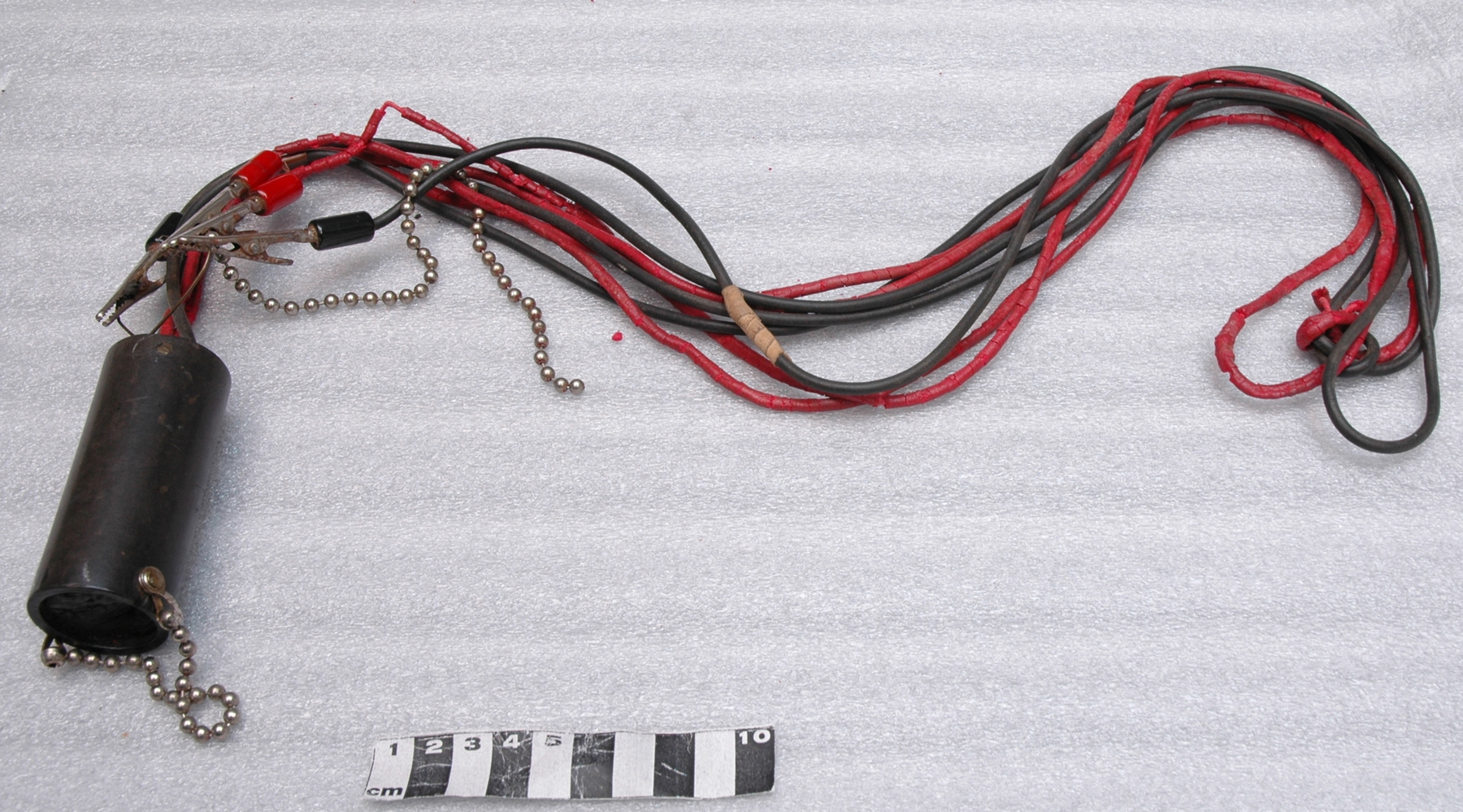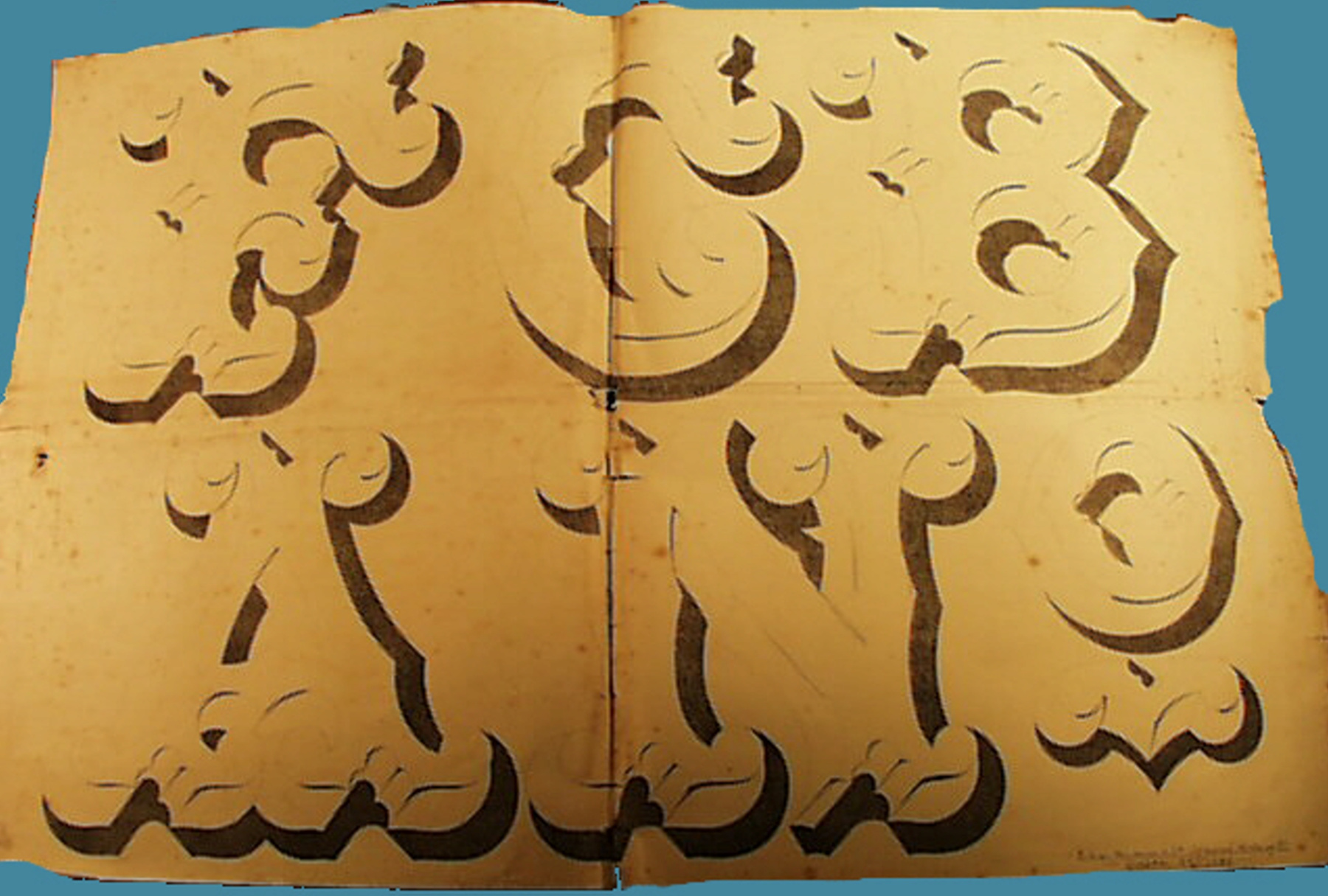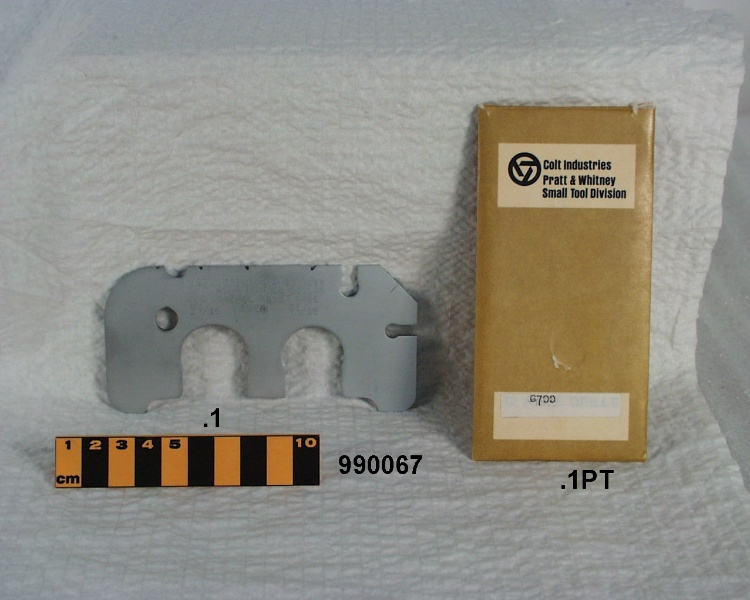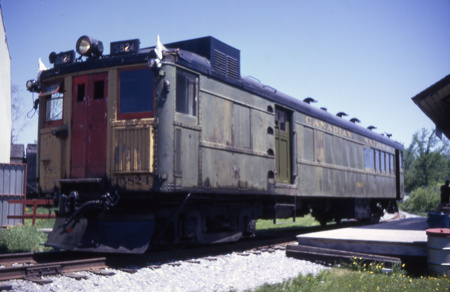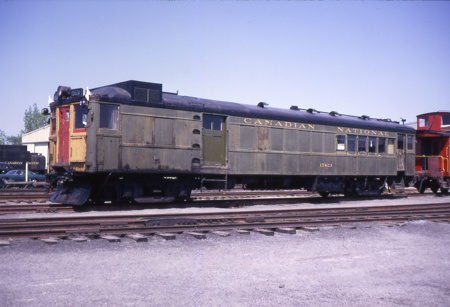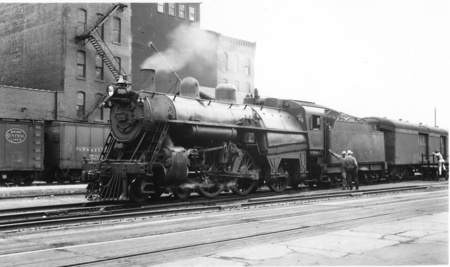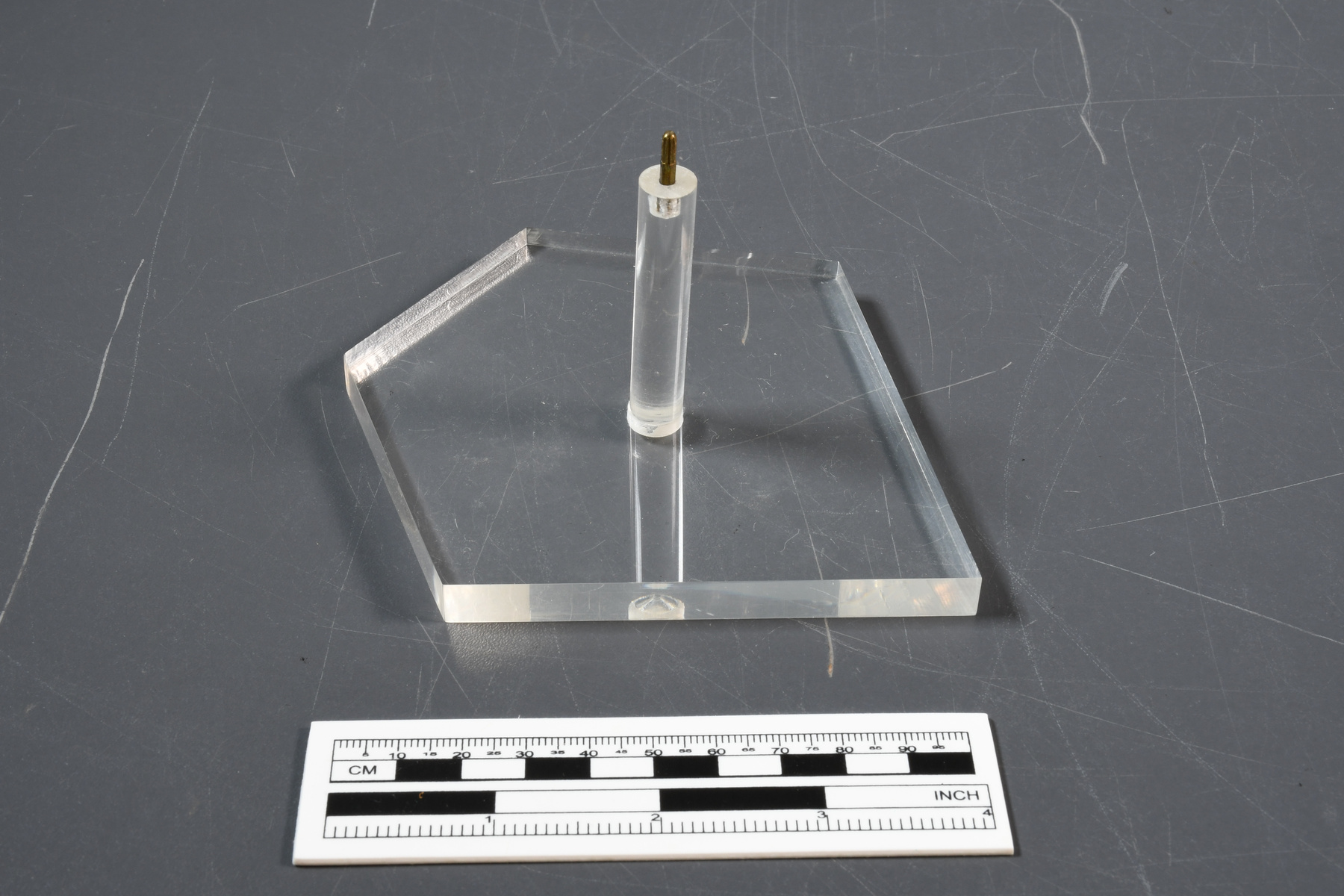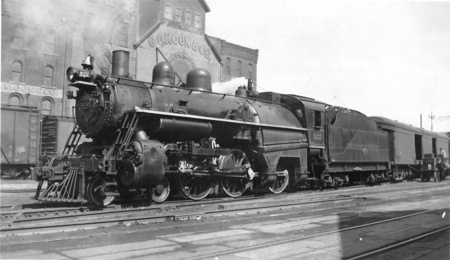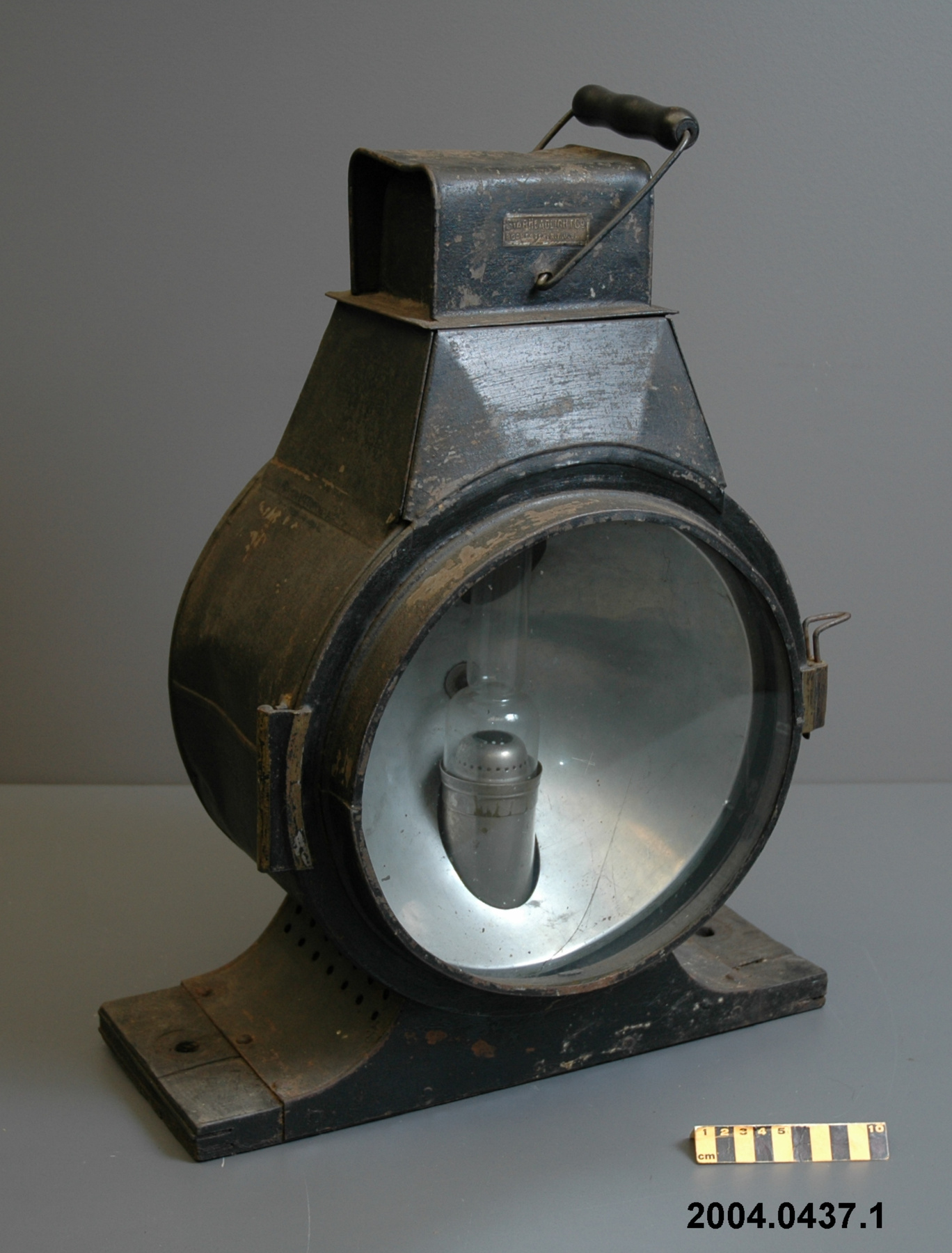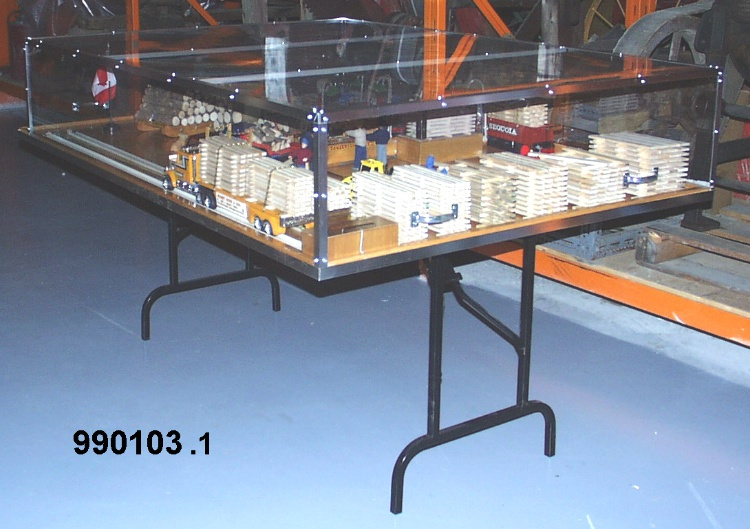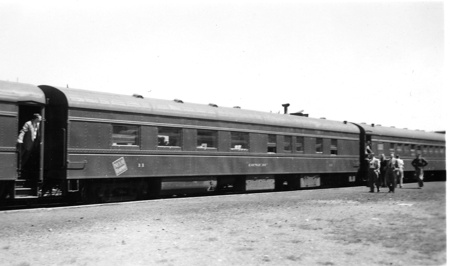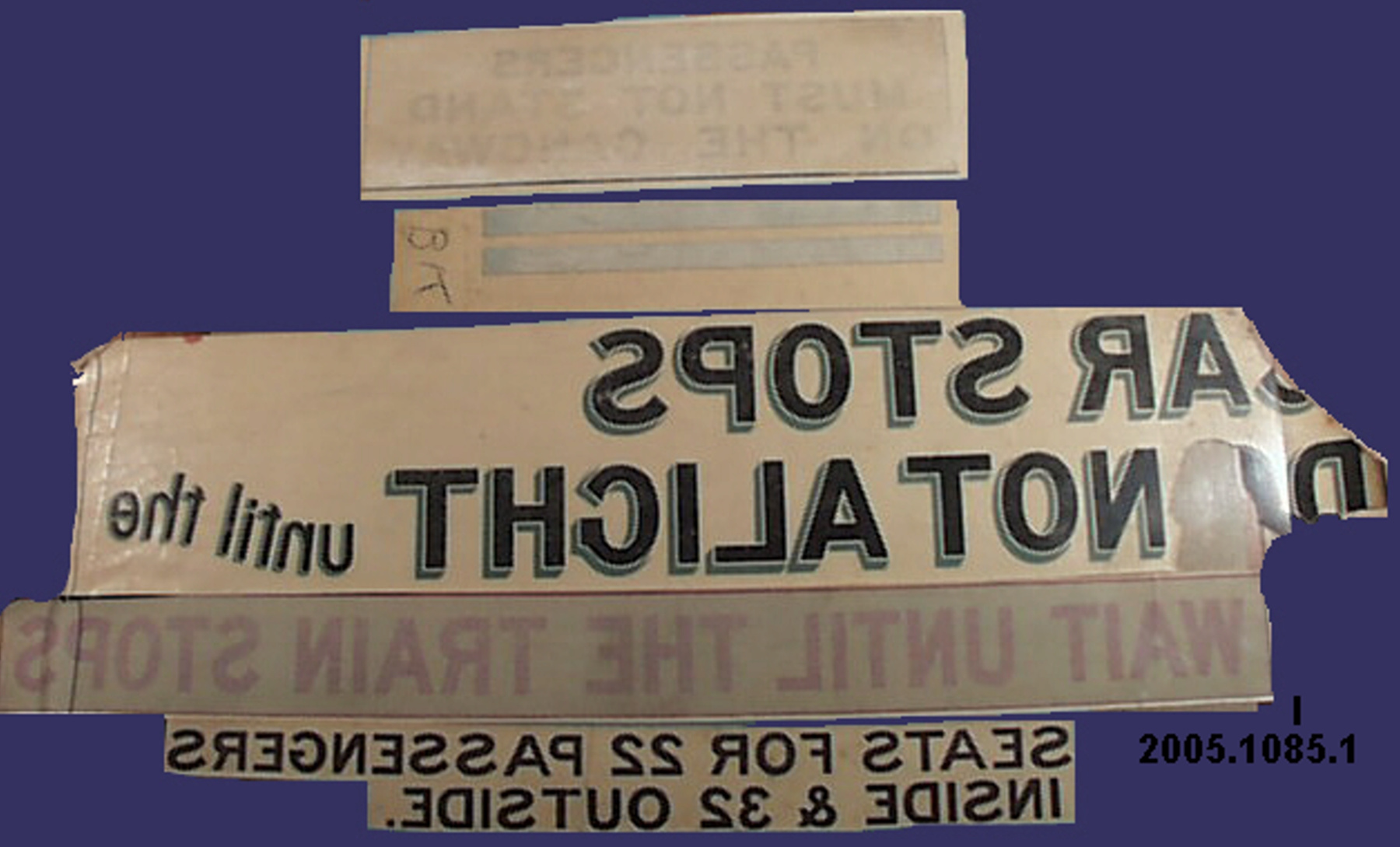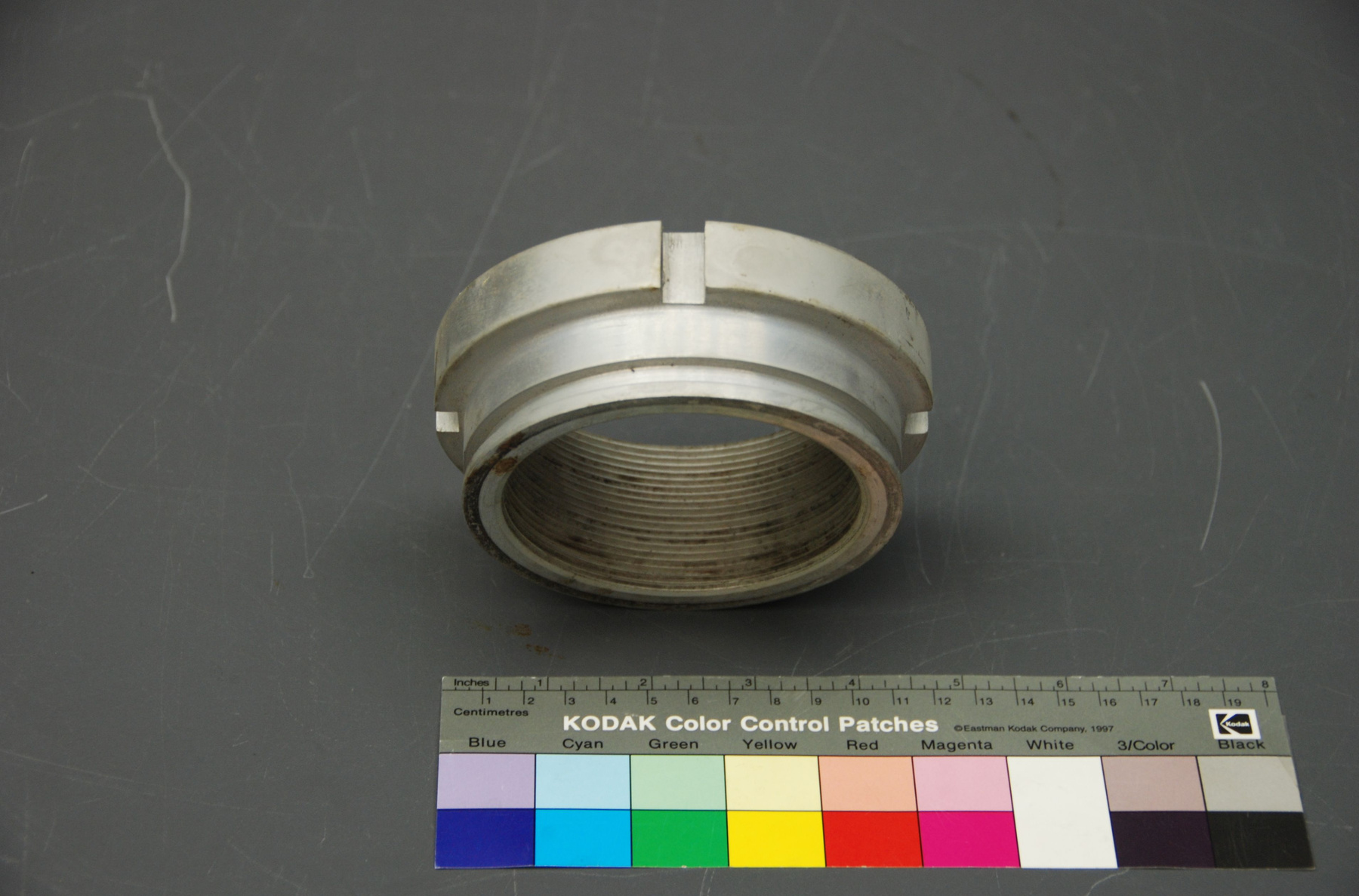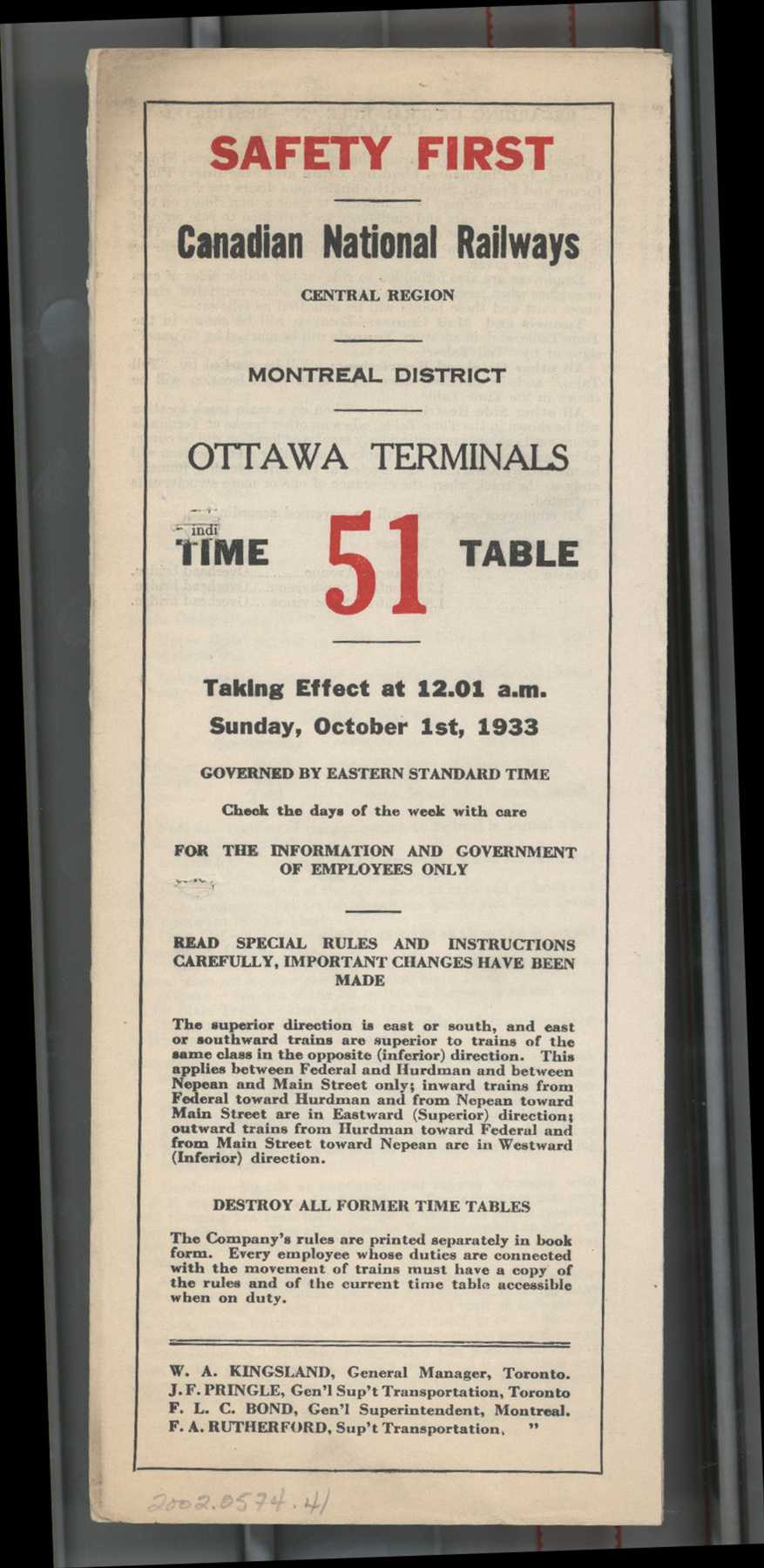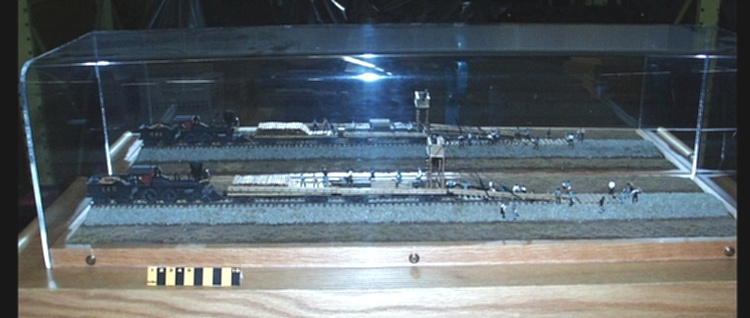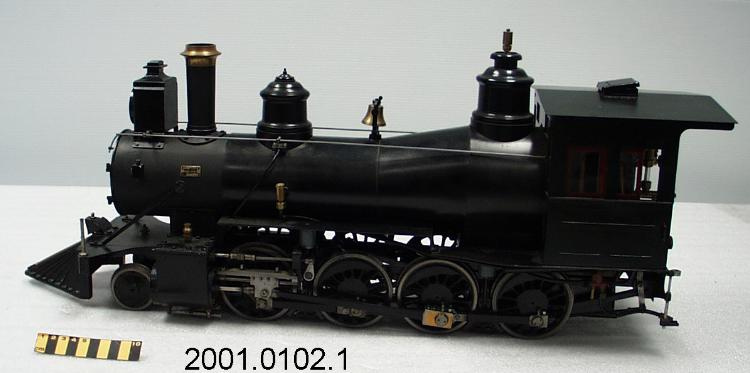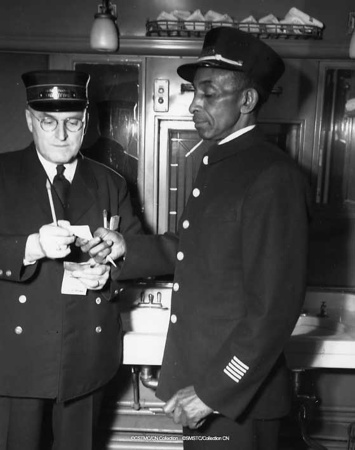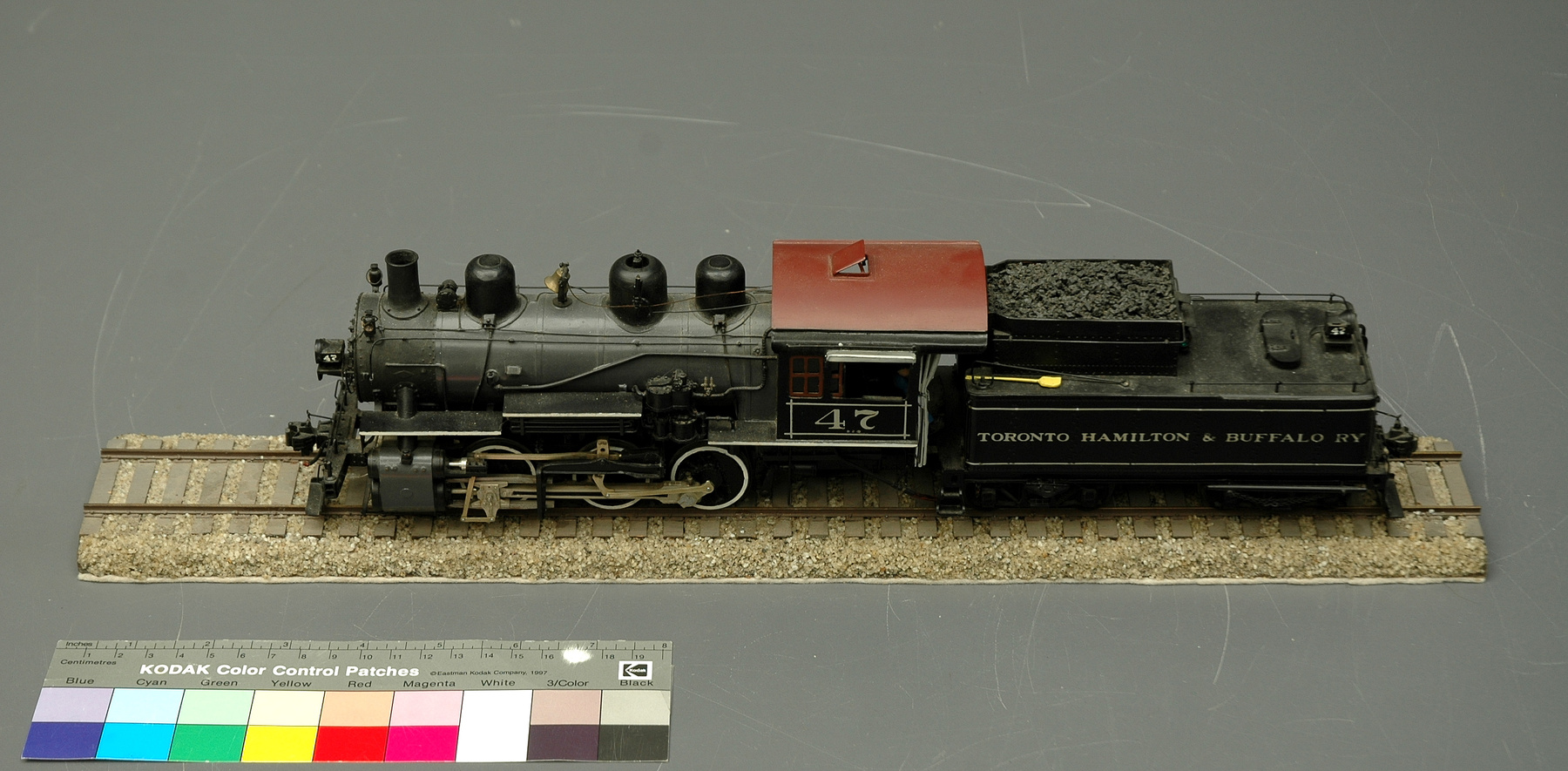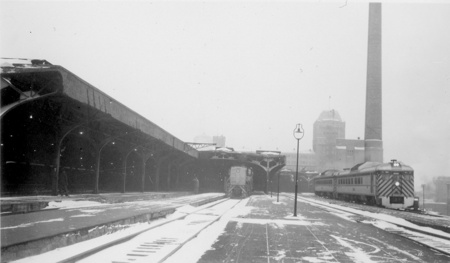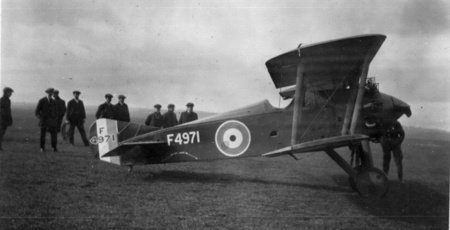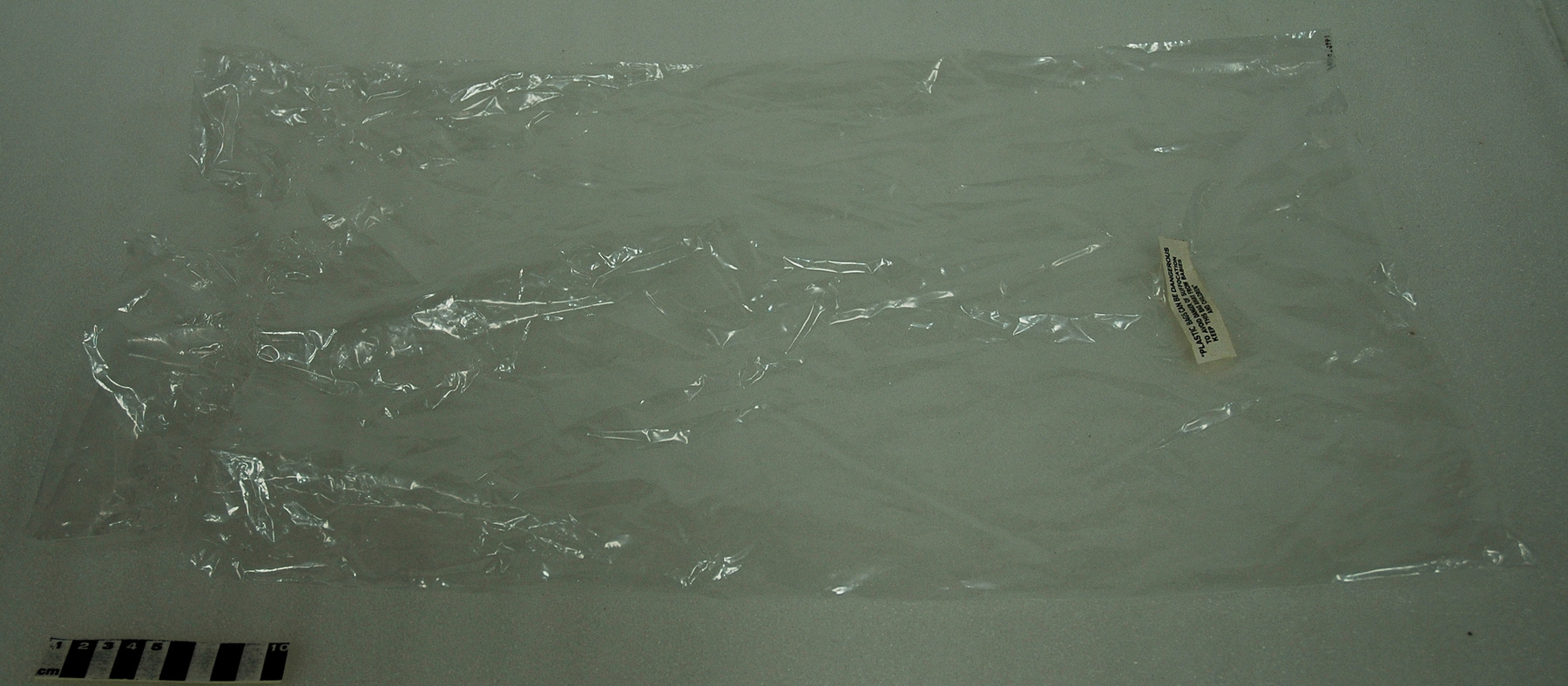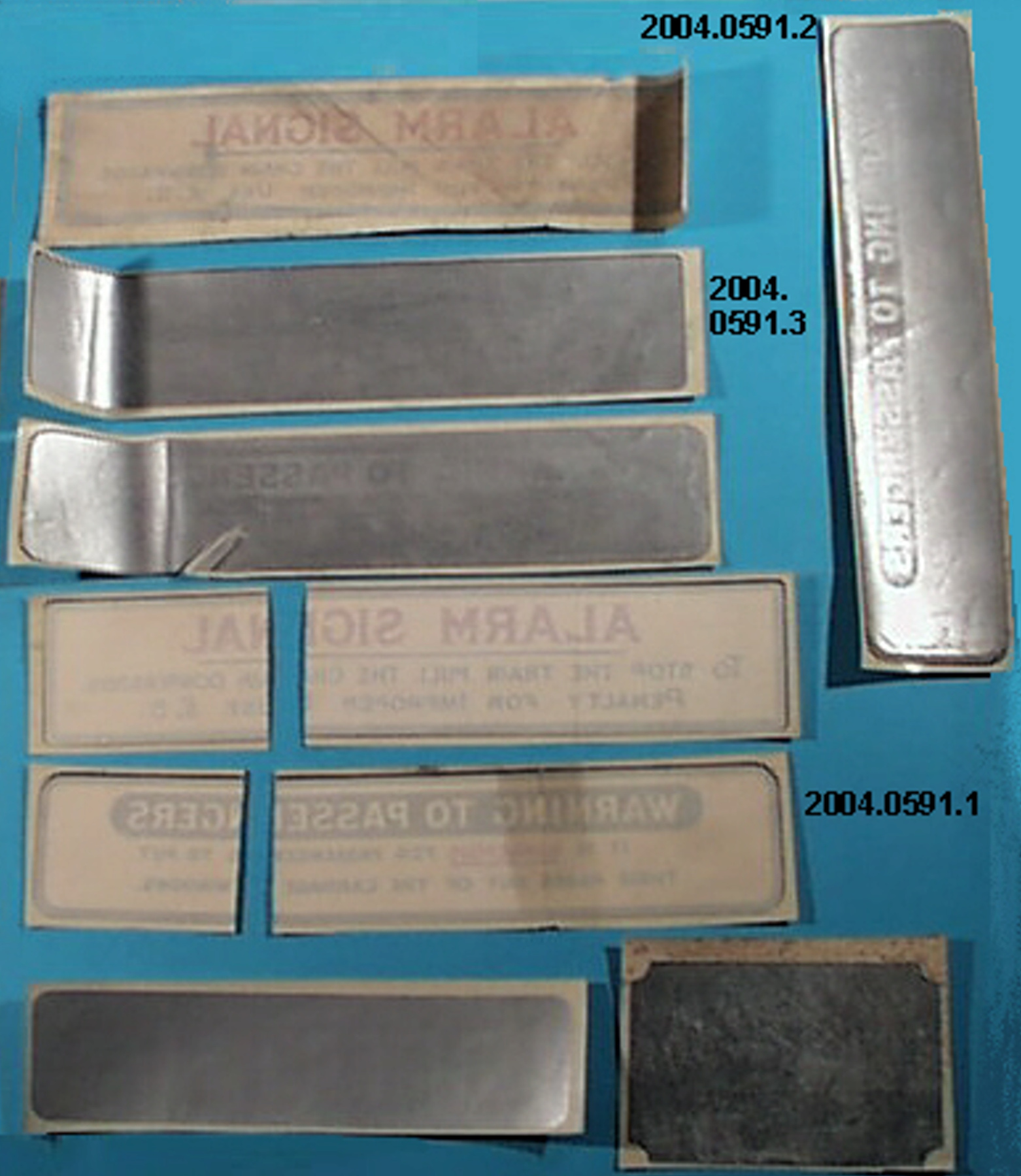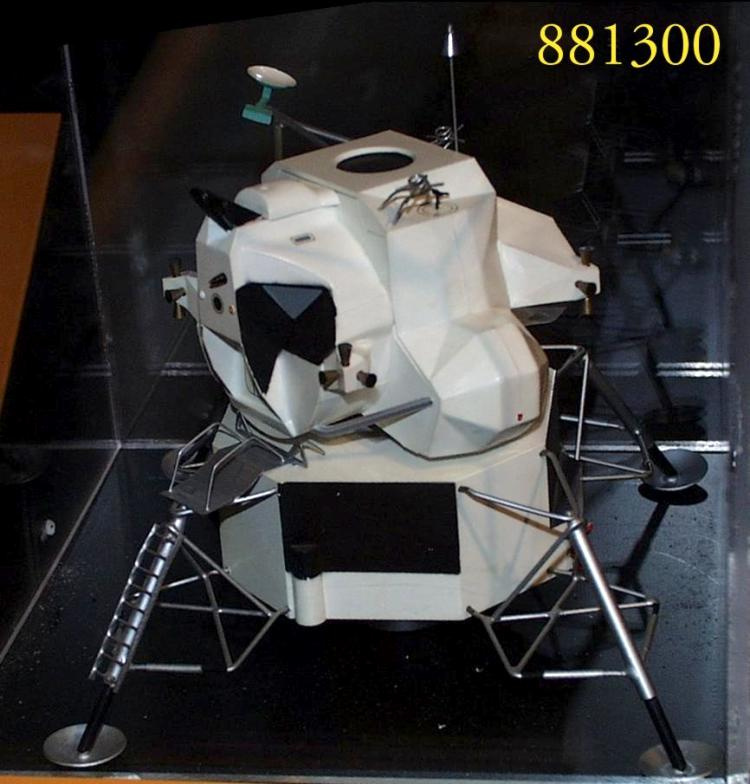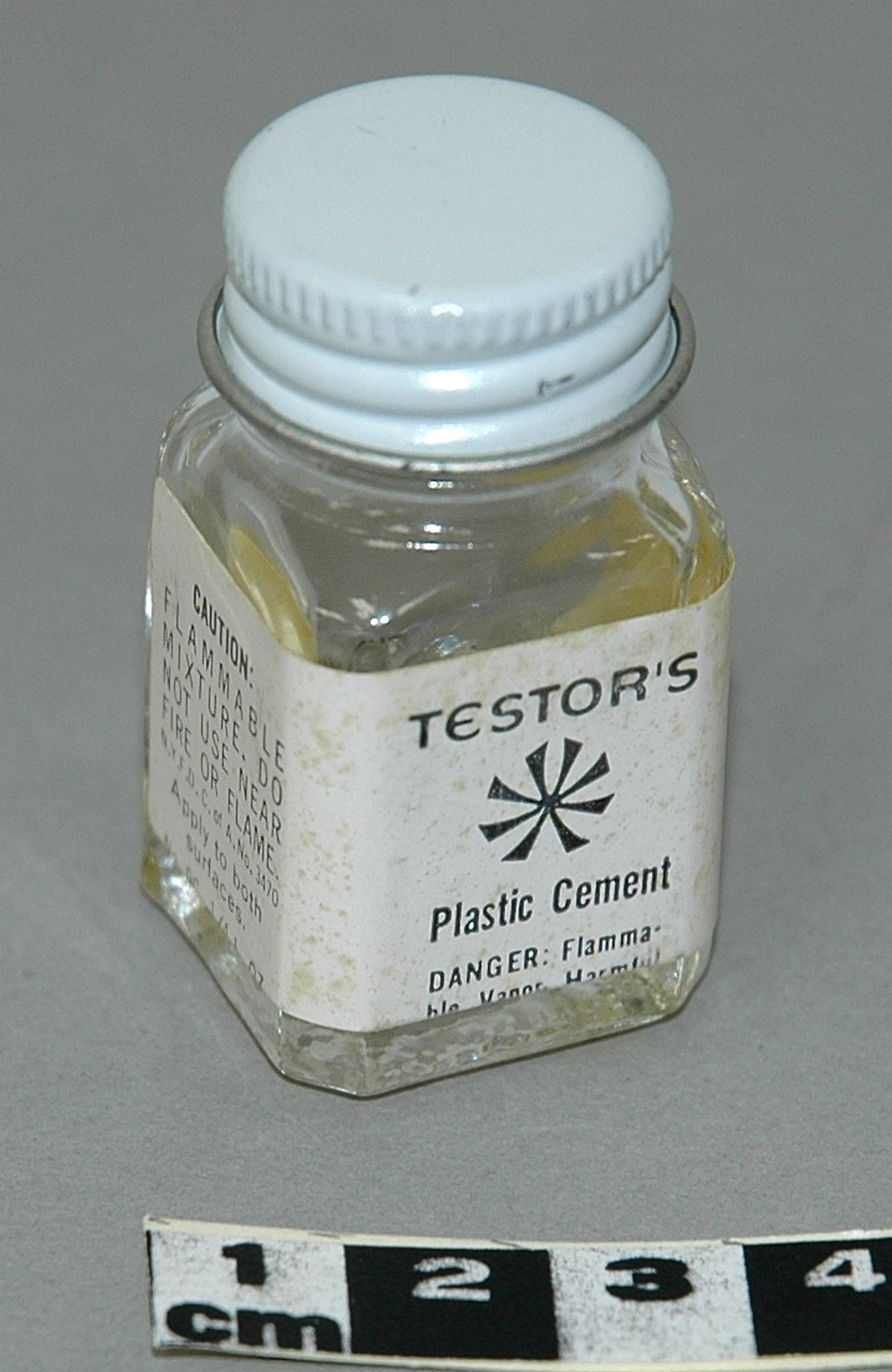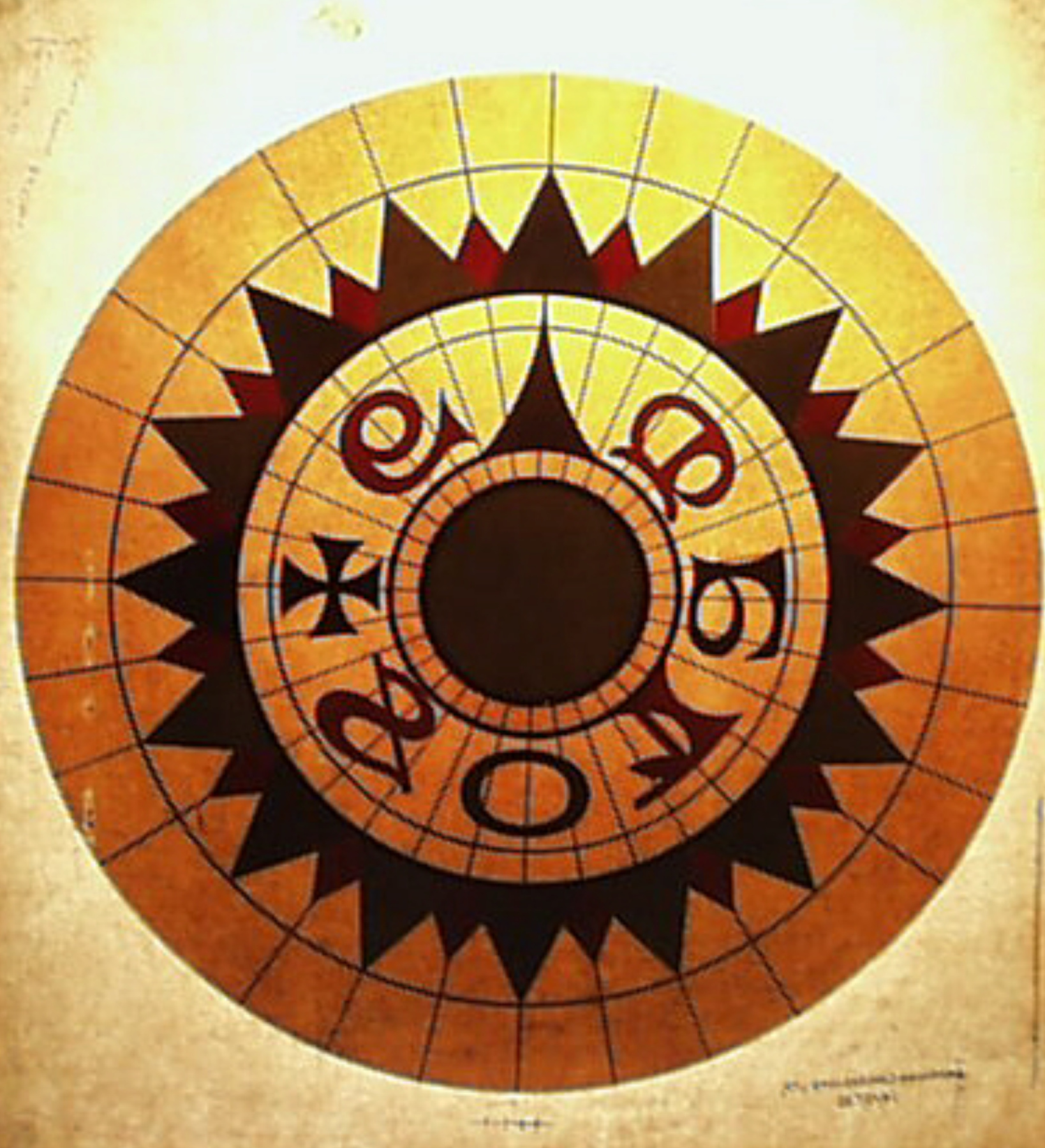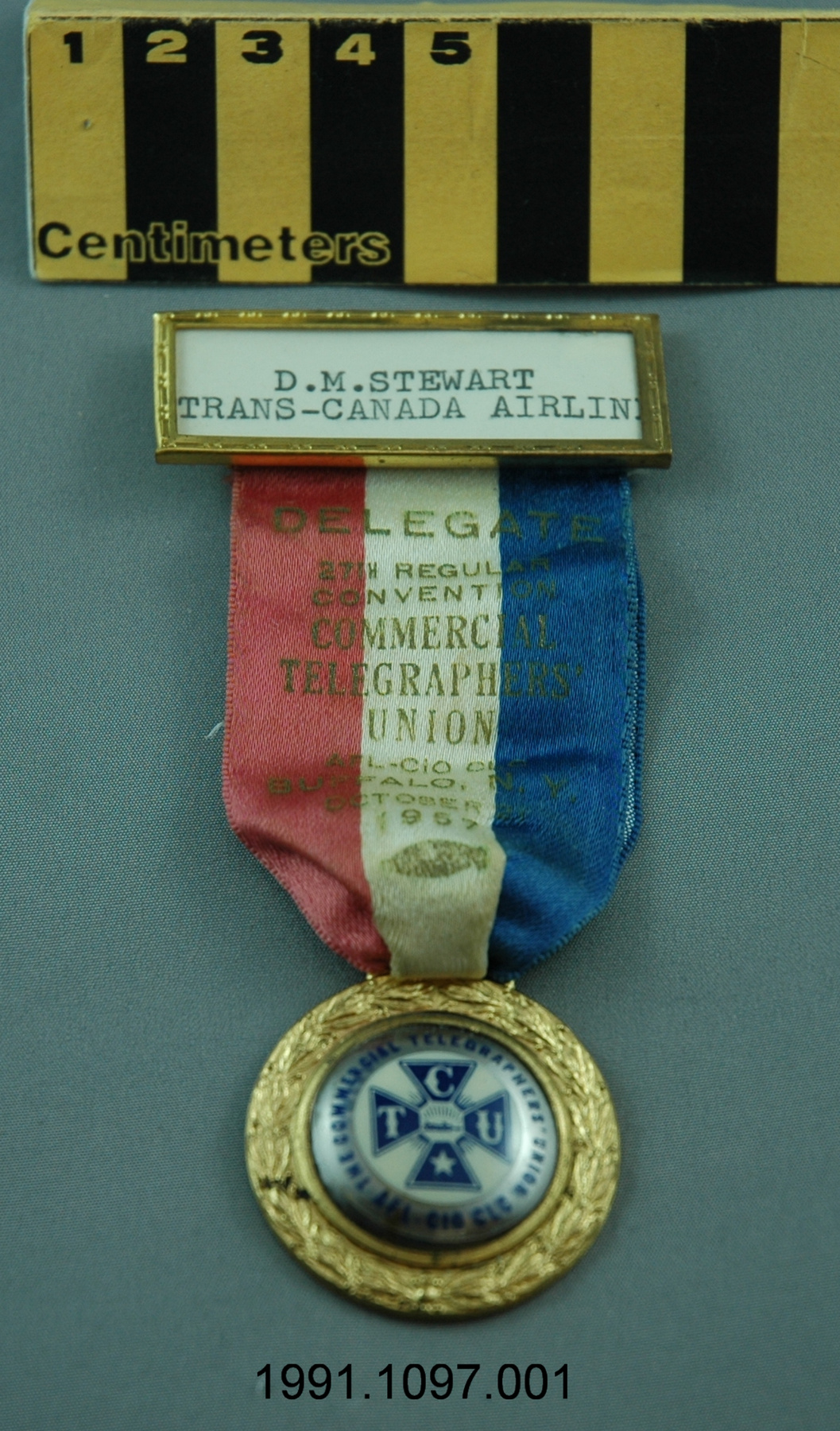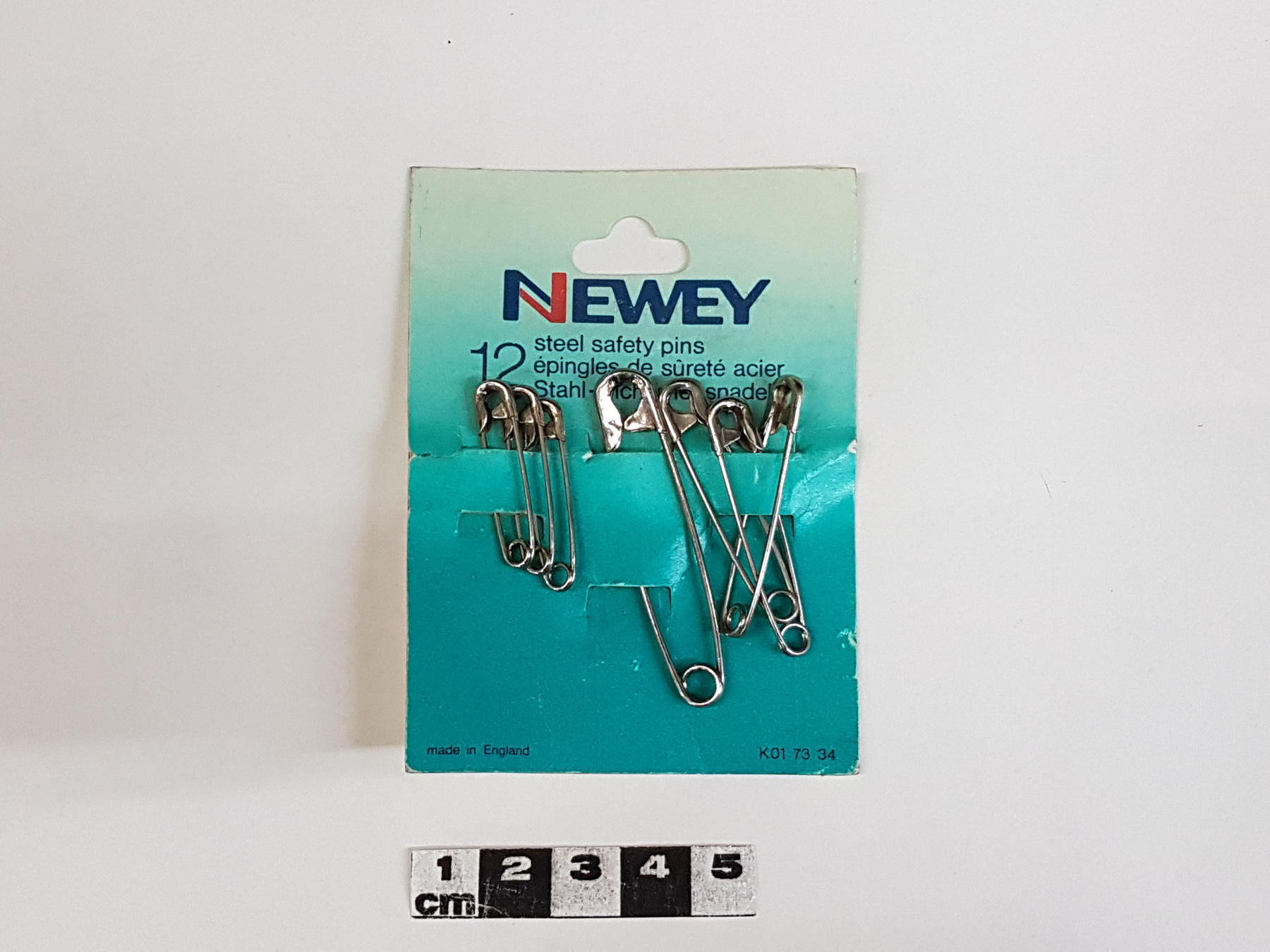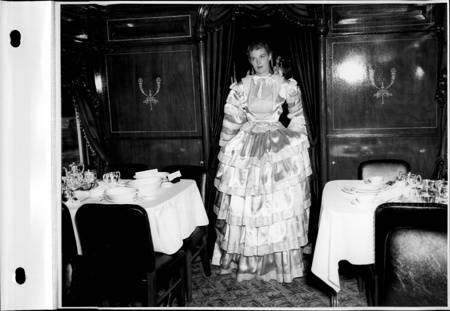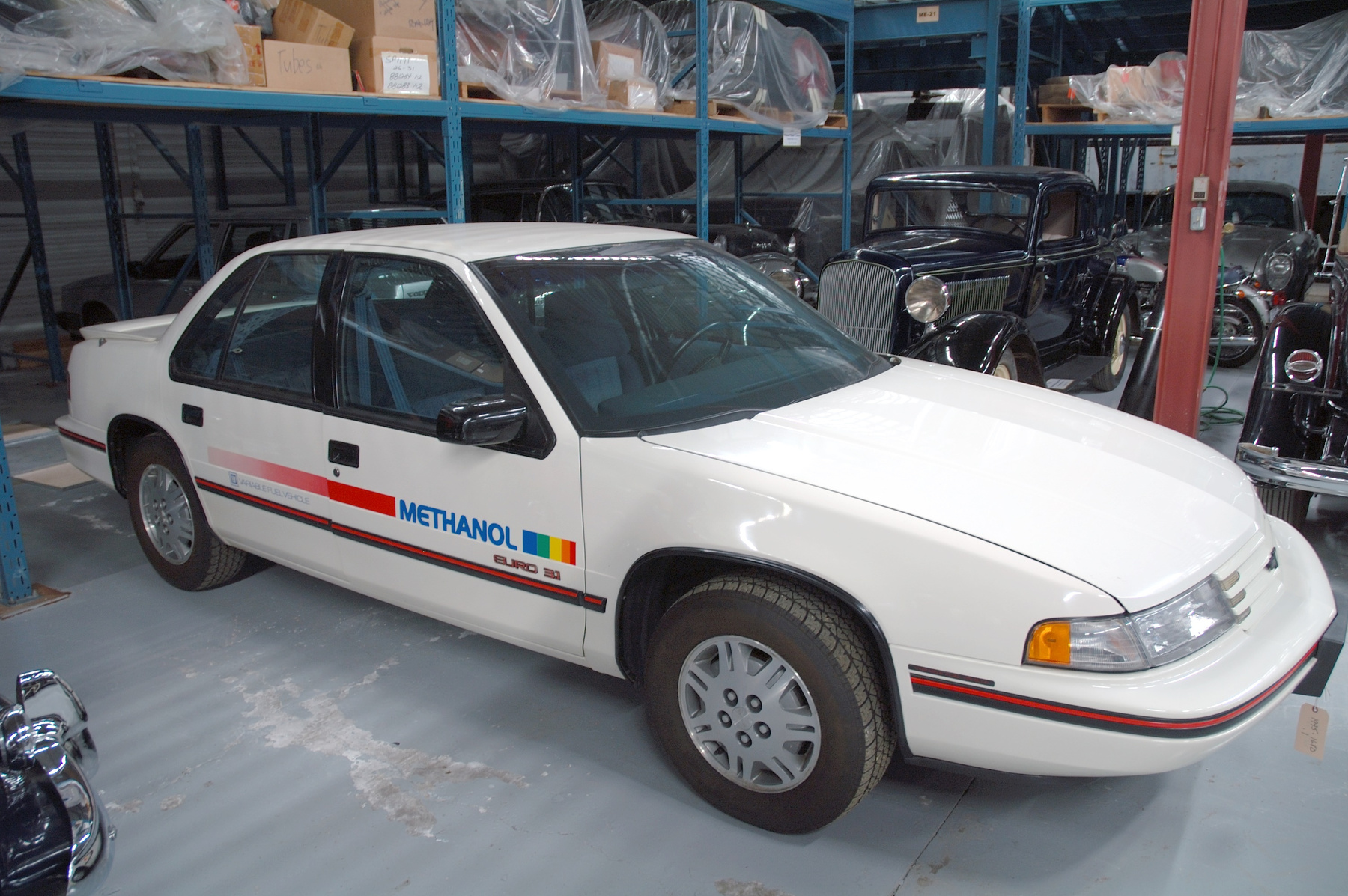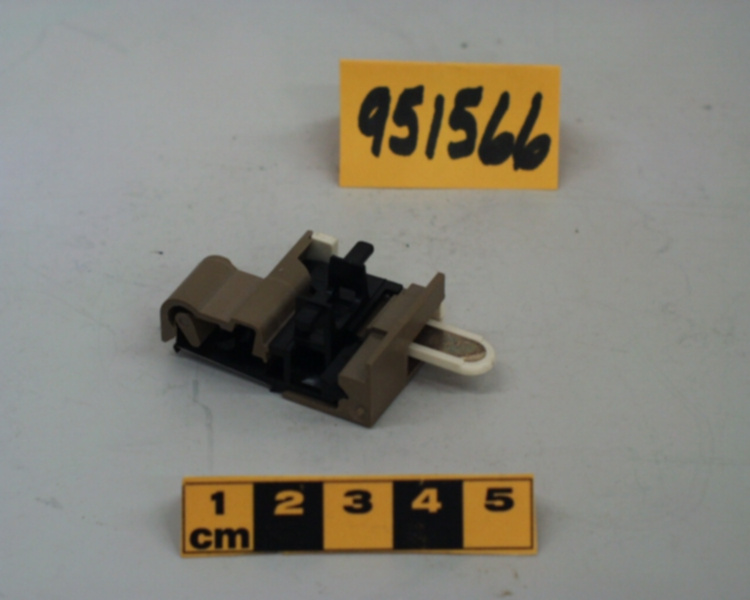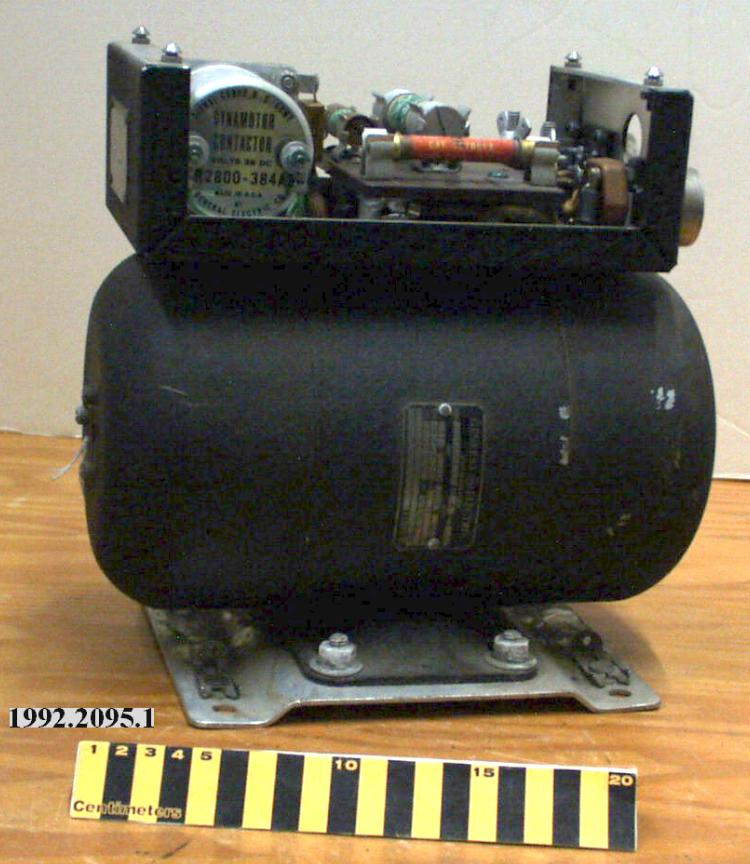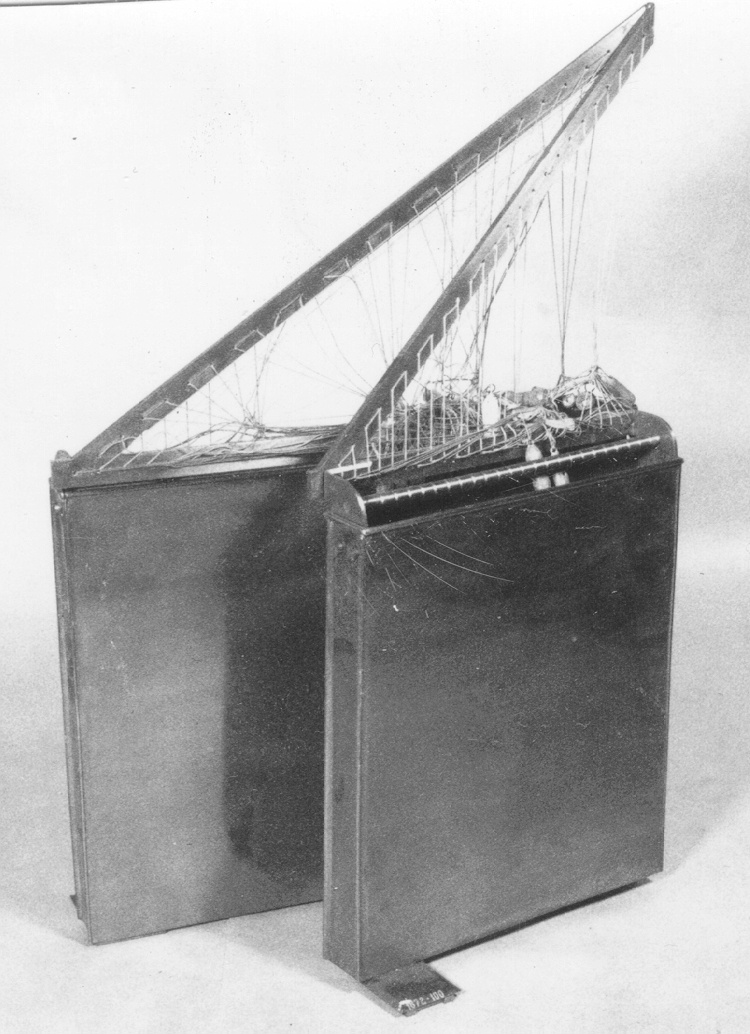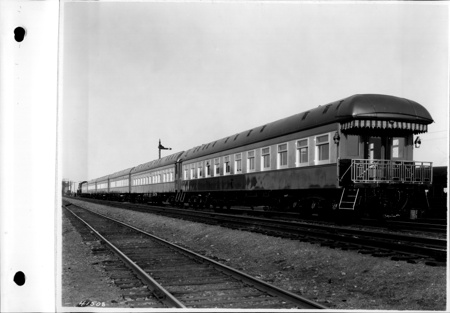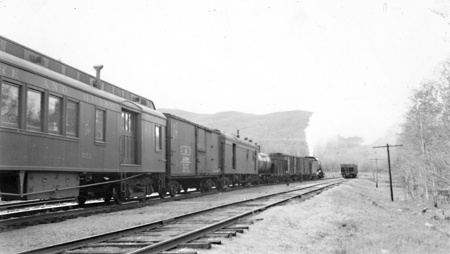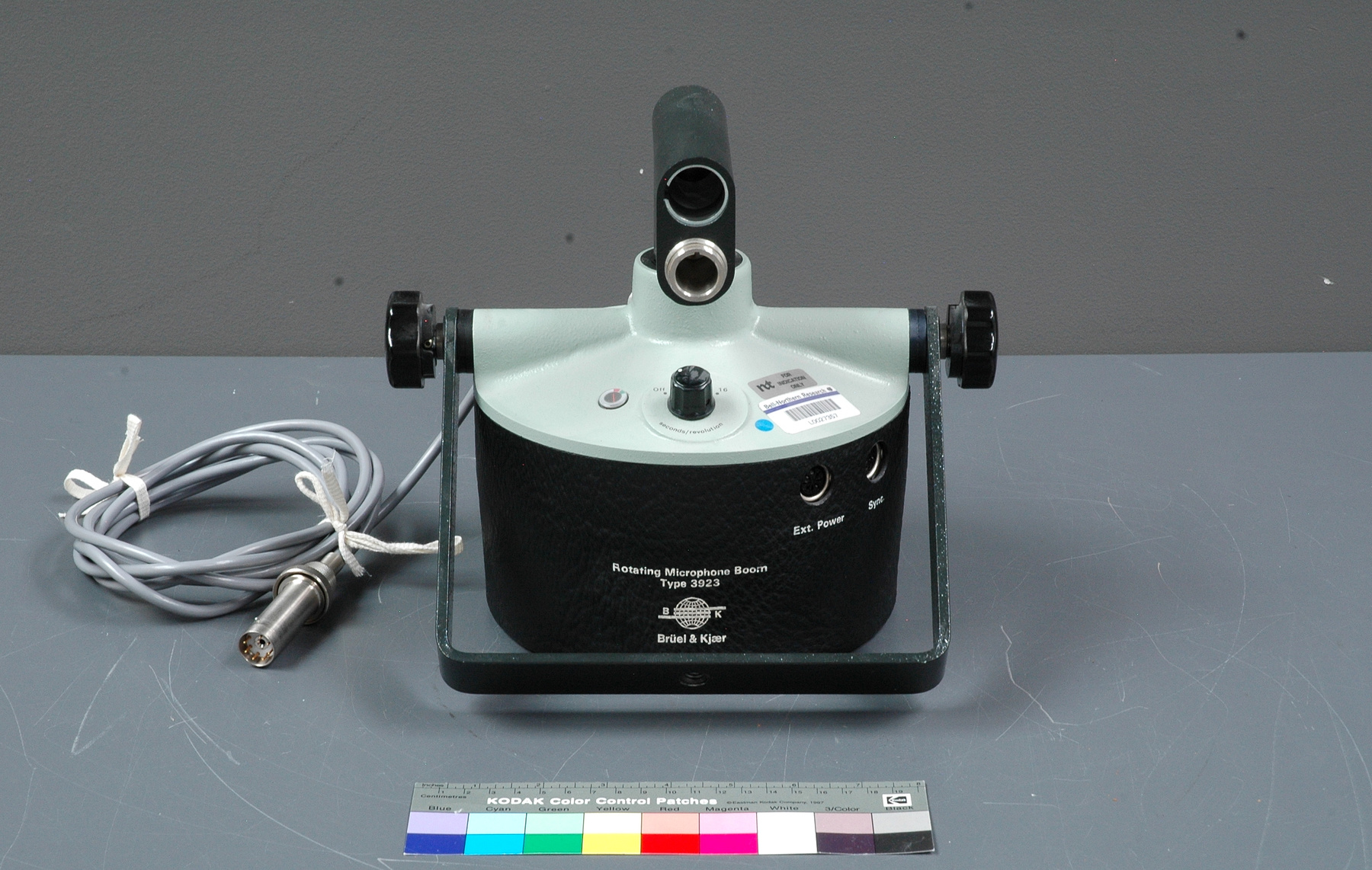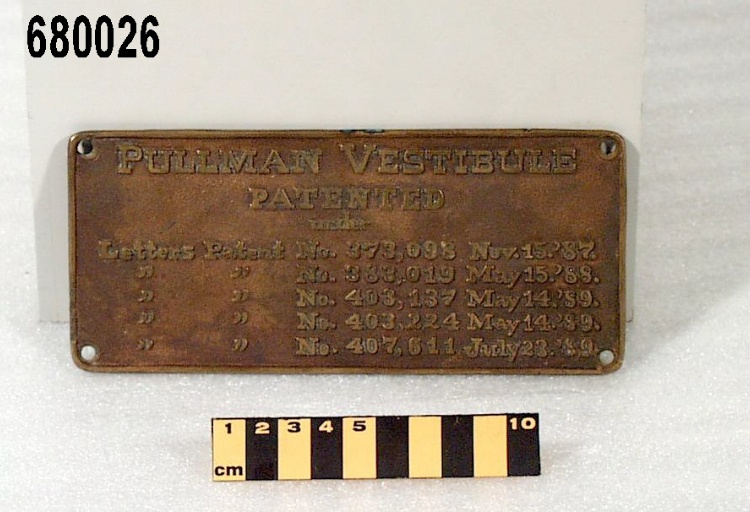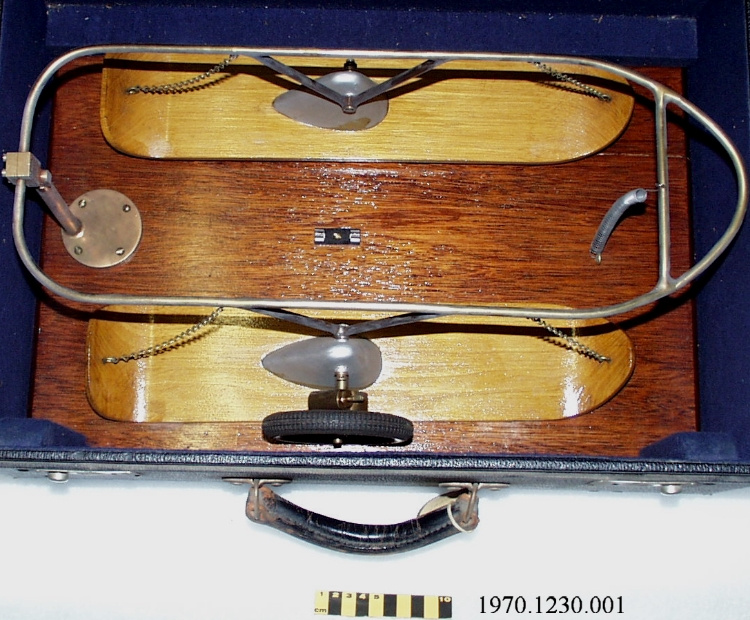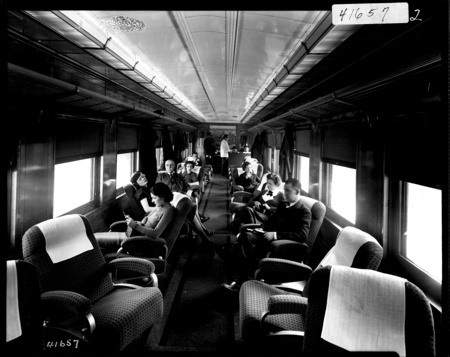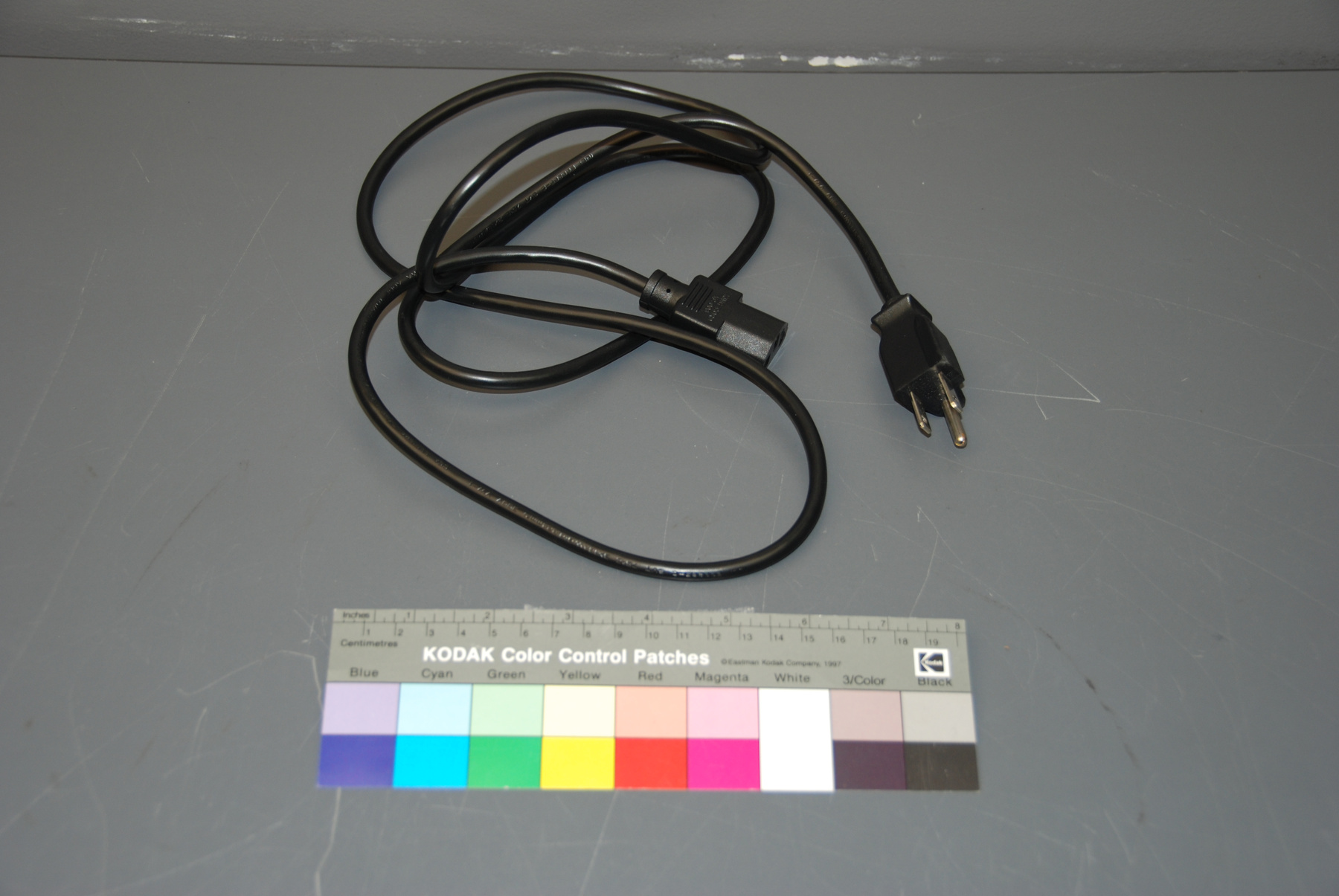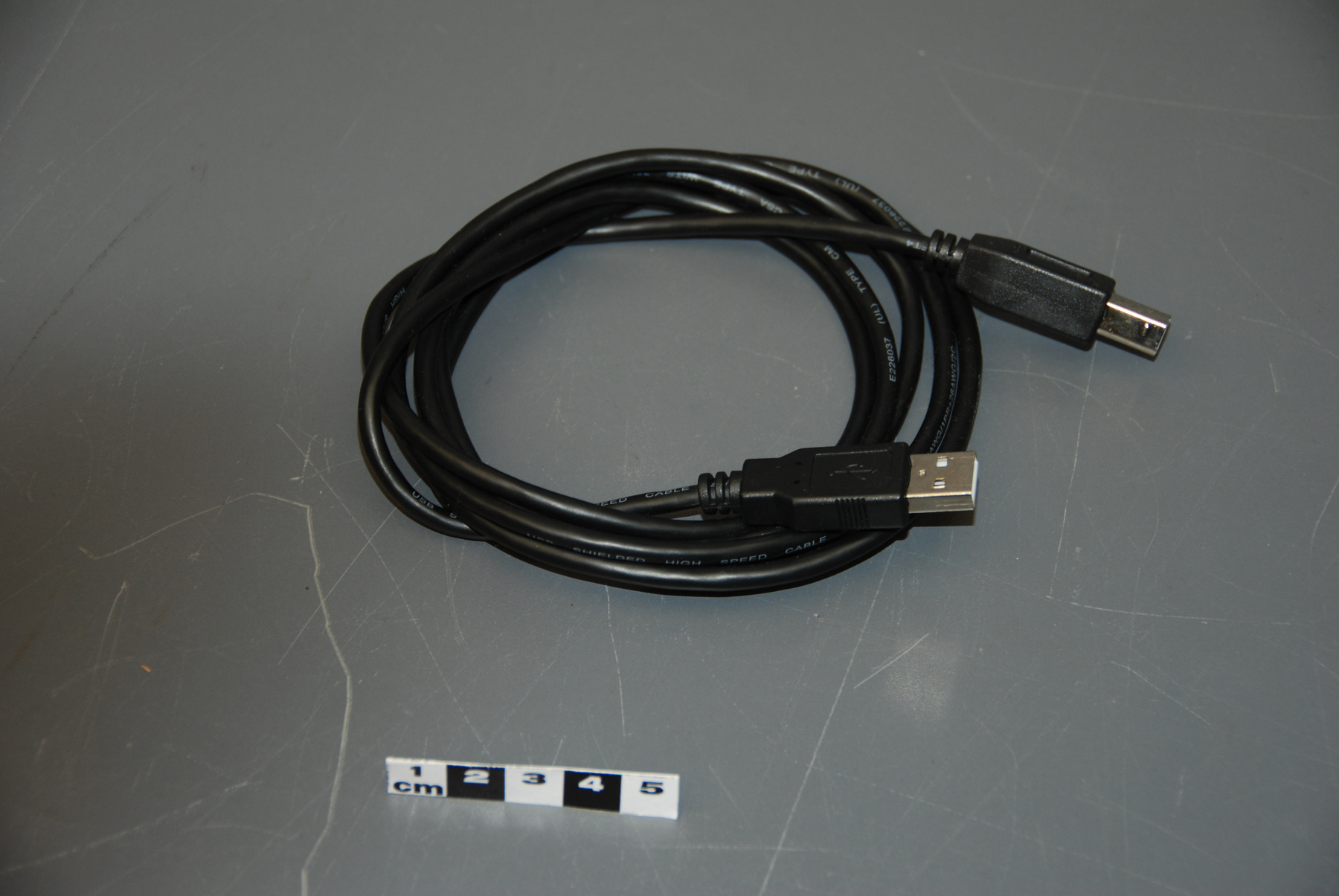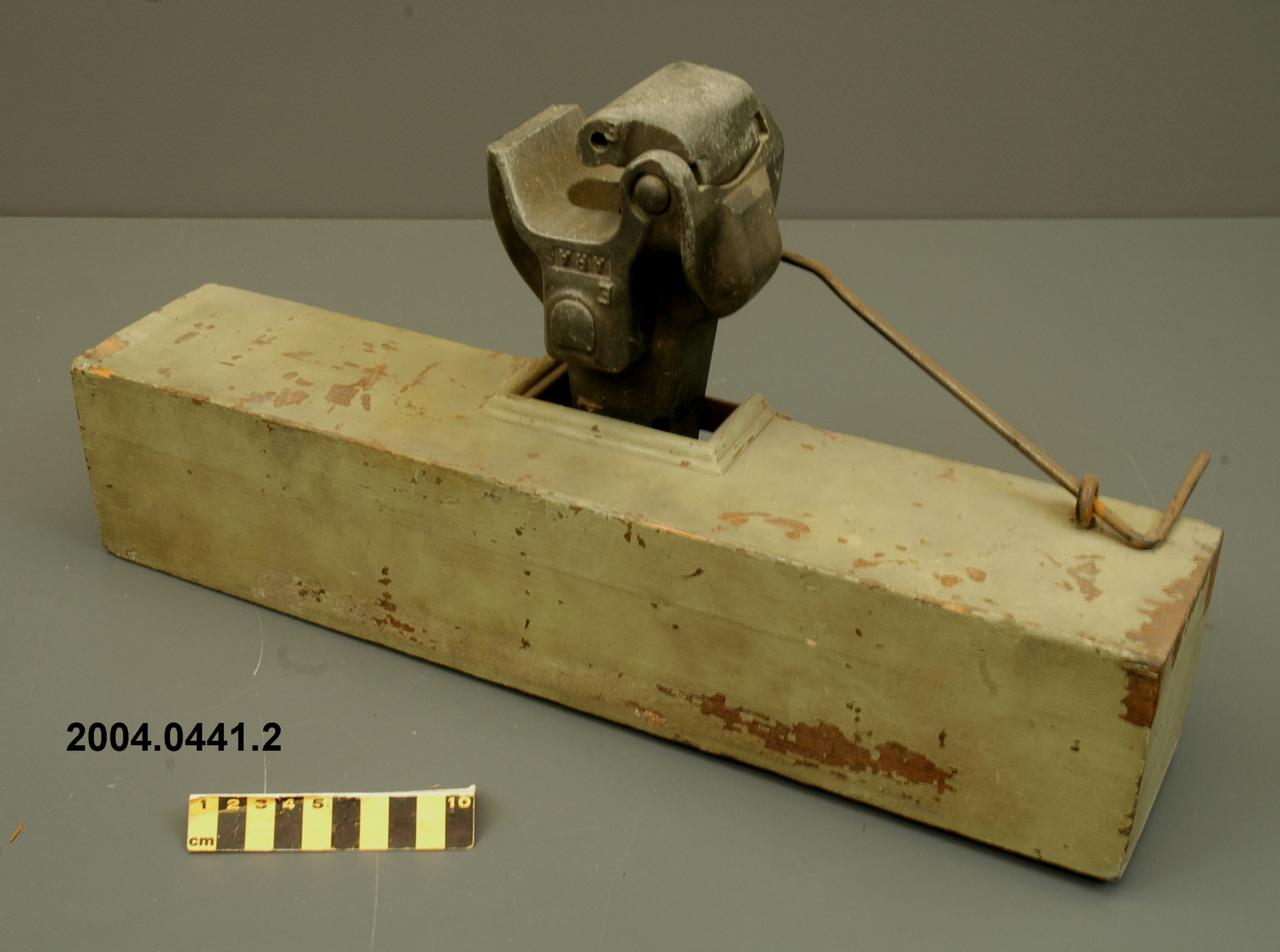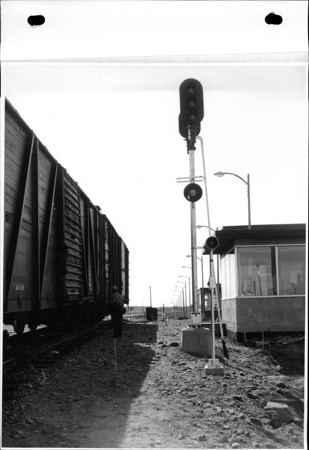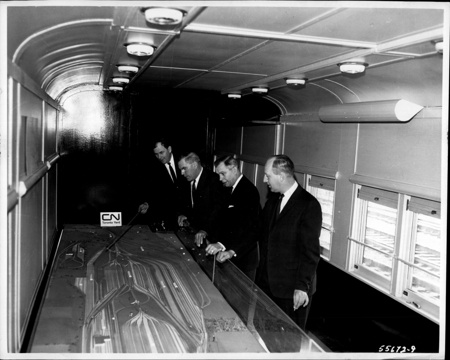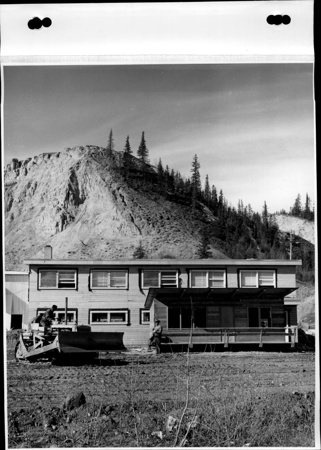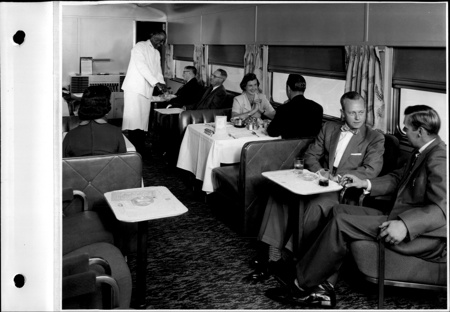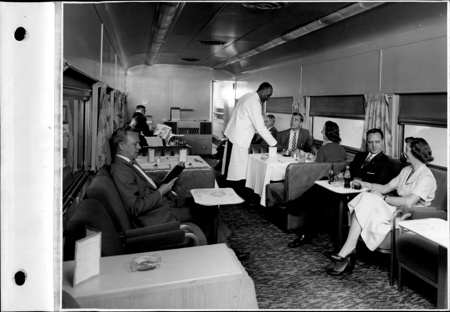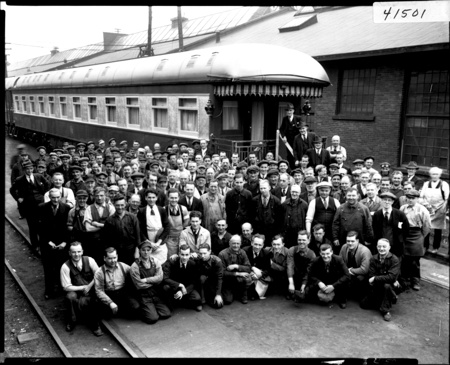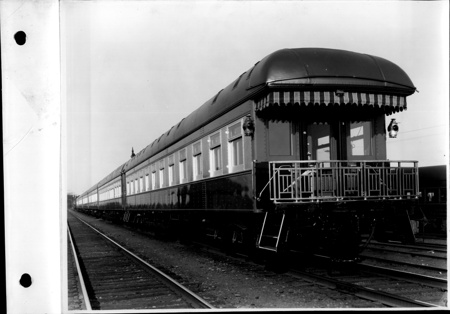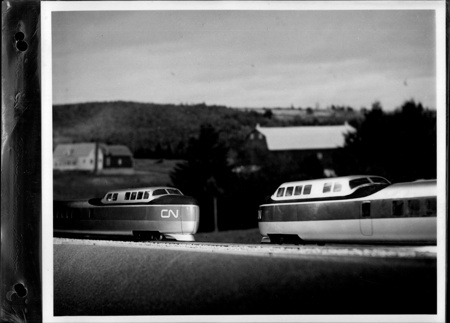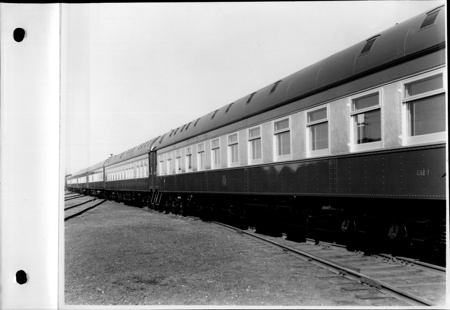Maquette d'attelage (chemin de fer)
Utiliser cette image
Puis-je réutiliser cette image sans autorisation? Oui
Les images sur le portail de la collection d’Ingenium ont la licence Creative Commons suivante :
Copyright Ingenium / CC BY-NC-ND (Attribution-NonCommercial 4.0 International (CC BY-NC 4.0)
ATTRIBUER CETTE IMAGE
Ingenium,
2004.0441.002
Permalien:
Ingenium diffuse cette image sous le cadre de licence Creative Commons et encourage son téléchargement et sa réutilisation à des fins non commerciales. Veuillez mentionner Ingenium et citer le numéro de l’artefact.
TÉLÉCHARGER L’IMAGEACHETER CETTE IMAGE
Cette image peut être utilisée gratuitement pour des fins non commerciales.
Pour un usage commercial, veuillez consulter nos frais de reproduction et communiquer avec nous pour acheter l’image.
- TYPE D’OBJET
- automatic
- DATE
- Inconnu
- NUMÉRO DE L’ARTEFACT
- 2004.0441.002
- FABRICANT
- Inconnu
- MODÈLE
- Inconnu
- EMPLACEMENT
- Inconnu
Plus d’information
Renseignements généraux
- Nº de série
- S/O
- Nº de partie
- 2
- Nombre total de parties
- 2
- Ou
- S/O
- Brevets
- S/O
- Description générale
- wood base/ non-ferrous metal coupler
Dimensions
Remarque : Cette information reflète la taille générale pour l’entreposage et ne représente pas nécessairement les véritables dimensions de l’objet.
- Longueur
- 45,5 cm
- Largeur
- 13,5 cm
- Hauteur
- 23,6 cm
- Épaisseur
- S/O
- Poids
- S/O
- Diamètre
- S/O
- Volume
- S/O
Lexique
- Groupe
- Transports ferroviaires
- Catégorie
- Maquettes
- Sous-catégorie
- S/O
Fabricant
- Ou
- Inconnu
- Pays
- Inconnu
- État/province
- Inconnu
- Ville
- Inconnu
Contexte
- Pays
- Canada
- État/province
- Inconnu
- Période
- Inconnu
- Canada
-
An item from the collection of Mr Andrew Merrilees acquired between the 1950’s and his death in 1979. Mr. Merrilees was a noted collector of early railway and transportation material and was particularly interested in pre-1920 photography. The majority of Mr.Merrilees’ collection was sent to the National Archives circa 1980, his printed material to the National Library and the Ontario Archives. The material in this donation was retained by Andrew Merrilees Ltd., currently owned by Dr. Robert Stewart (Acquisition proposal for AK0114 archival material by D.Monaghan, in Supp. Info.). - Fonction
-
A model of a device for automatically connecting railway cars together in a train: the ends of the cars are pushed against each other and the impact causes the couplers to connect. - Technique
-
A model demonstrating the function of a rail car coupler; it appears to be a version of the Janney type of automatic coupler. This type of coupler automatically connects rail cars together by the force of impact without the necessity of a person going in between the cars to manually link or disengage them (Ref. 1). Until the late 1800's, most railroads used the link and pin coupler. This consisted of a large metal link which looped around a removable pin. Although the coupler was easy to manufacture, it was often responsible for train wrecks when one would break. The coupler was also very dangerous to operate. When dropping the pin in place, there was the danger of catching a finger in the connecting slot, or simply being crushed by the approaching car. A number of new couplers were designed to replace the link and pin system. In 1887, the Master Car Builders Association selected the Janney Automatic Coupler, invented by Eli H. Janney in 1873, over 40 other designs as a standard design for the railroad industry. On March 3, 1893, President Benjamin Harrison signed the Safety Appliance Act, which made automatic couplers and air brakes mandatory on all trains (Ref. 2). This coupler model is marked ARA and may have been made by or for the American Railway Association. The ARA was an industry trade group representing railroads in the United States. The organization had its inception in meetings of General Managers and ranking railroad operating officials known as Time Table Conventions, the first of which was held on October 1, 1872, at Louisville, Kentucky. In 1875 the group changed its name to General Time Convention and in October 1892, to American Railway Association. In January 1919, ten separate groups of operating officers were amalgamated with the association and carried on their activities as divisions, sections or committees of the larger group. On October 12, 1934, the ARA ceased to exist, having joined with several other railroad industry trade groups to merge into the Association of American Railroads (Ref. 4). - Notes sur la région
-
Inconnu
Détails
- Marques
- cast lettering reading "ARA' on coupler
- Manque
- appears complete
- Fini
- unfinished? grey coupler/ base painted light green
- Décoration
- S/O
FAIRE RÉFÉRENCE À CET OBJET
Si vous souhaitez publier de l’information sur cet objet de collection, veuillez indiquer ce qui suit :
Fabricant inconnu, Maquette d'attelage (chemin de fer), Date inconnue, Numéro de l'artefact 2004.0441, Ingenium - Musées des sciences et de l'innovation du Canada, http://collections.ingeniumcanada.org/fr/id/2004.0441.002/
RÉTROACTION
Envoyer une question ou un commentaire sur cet artefact.
Plus comme ceci
